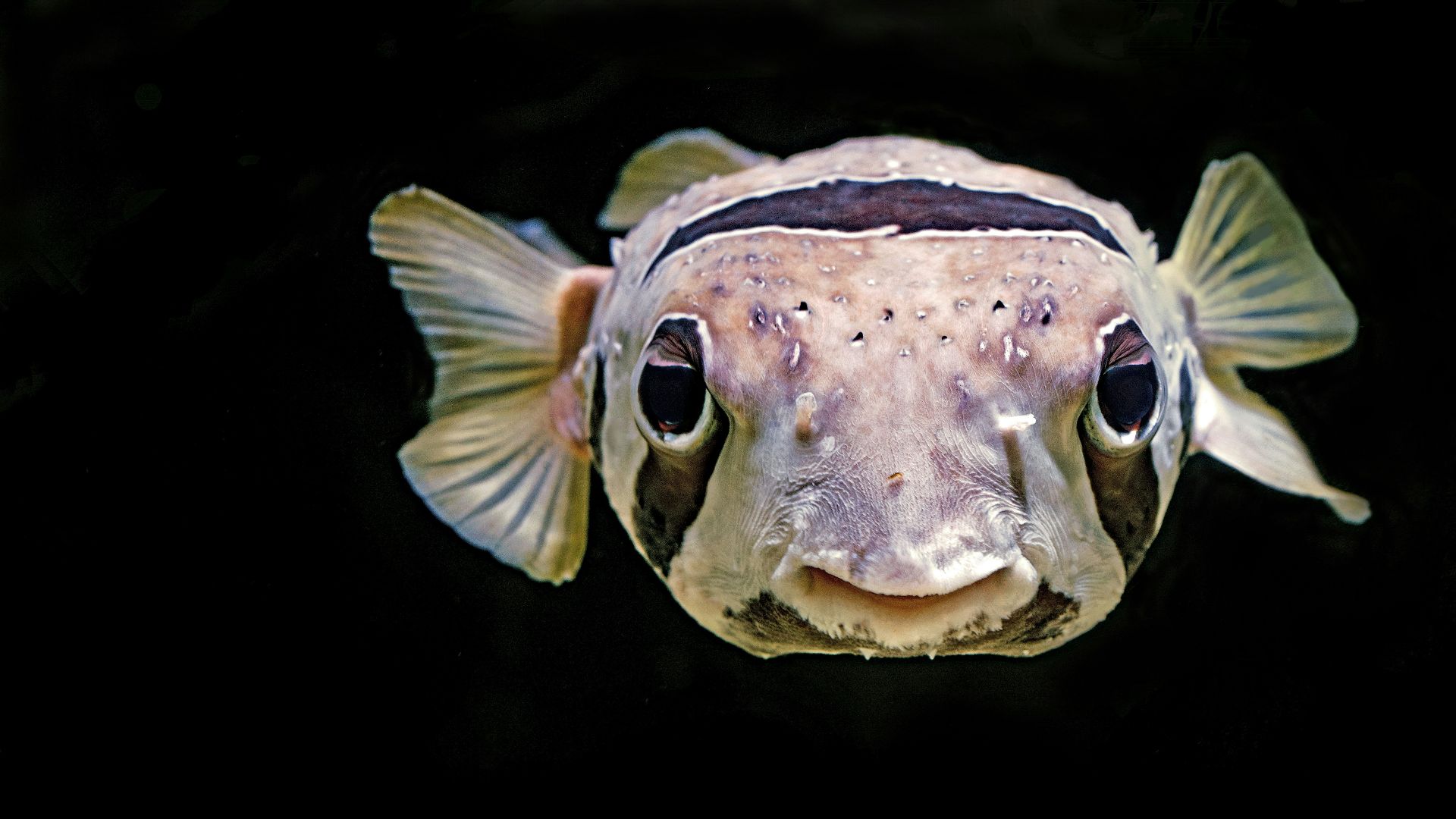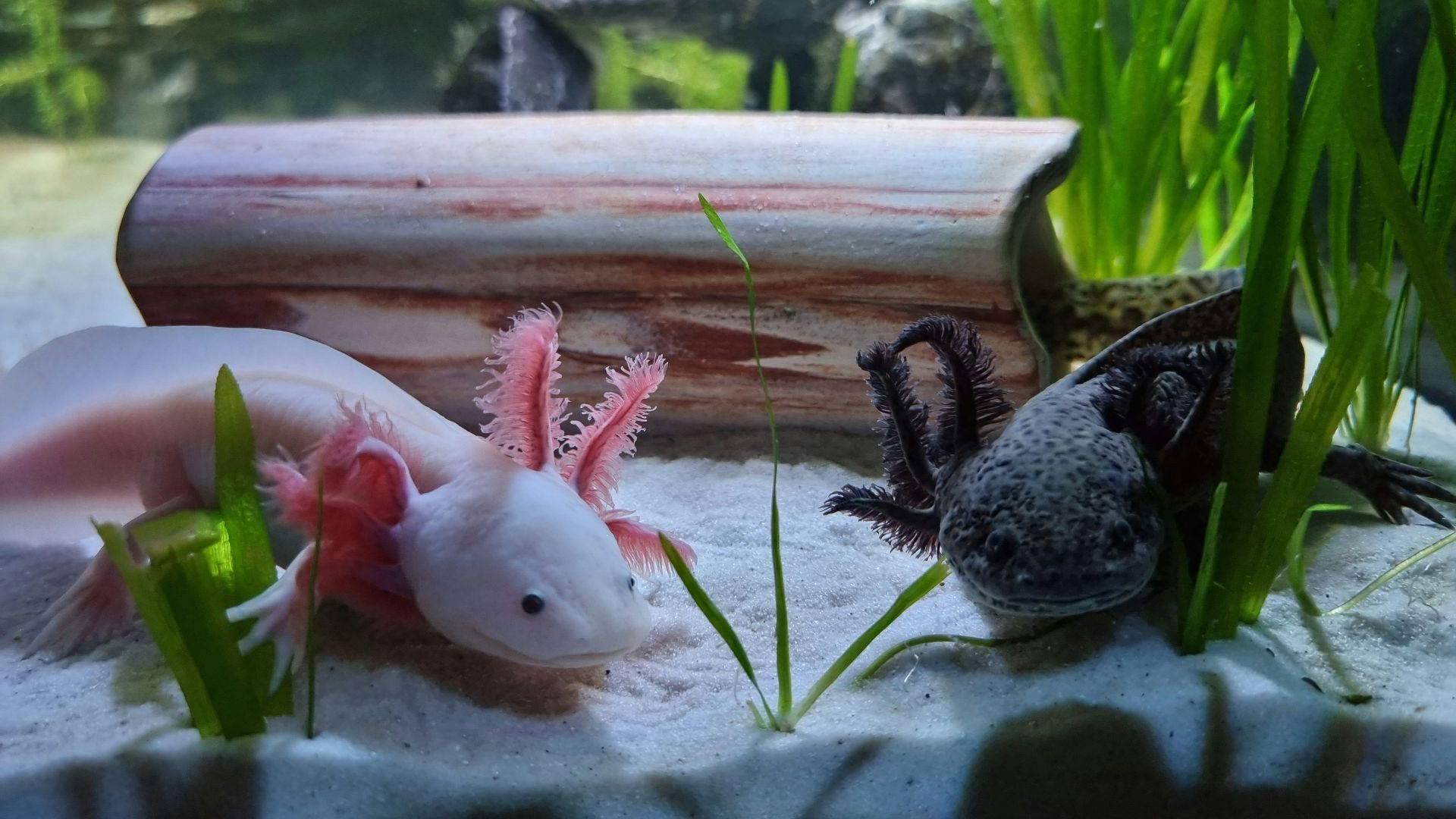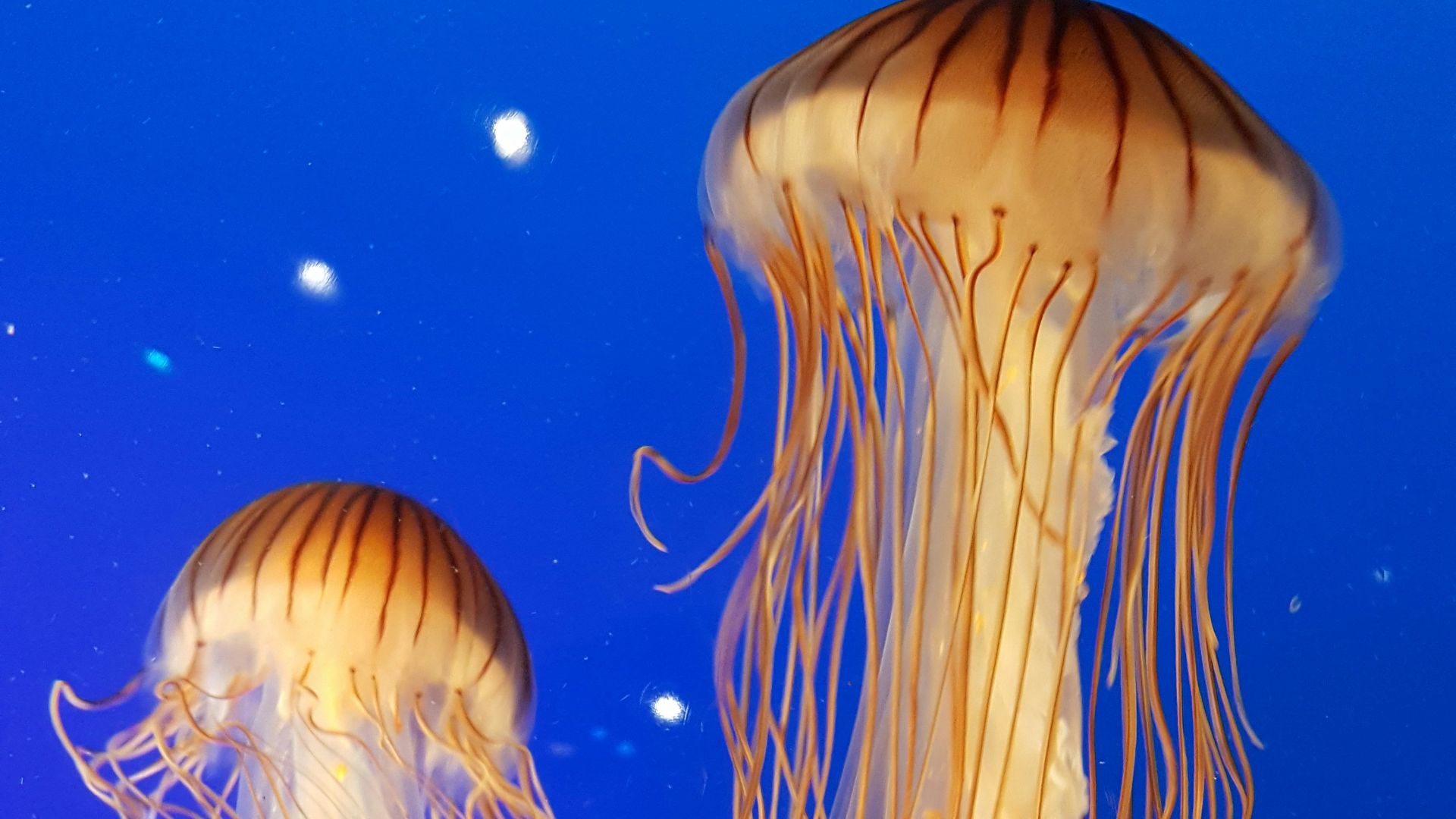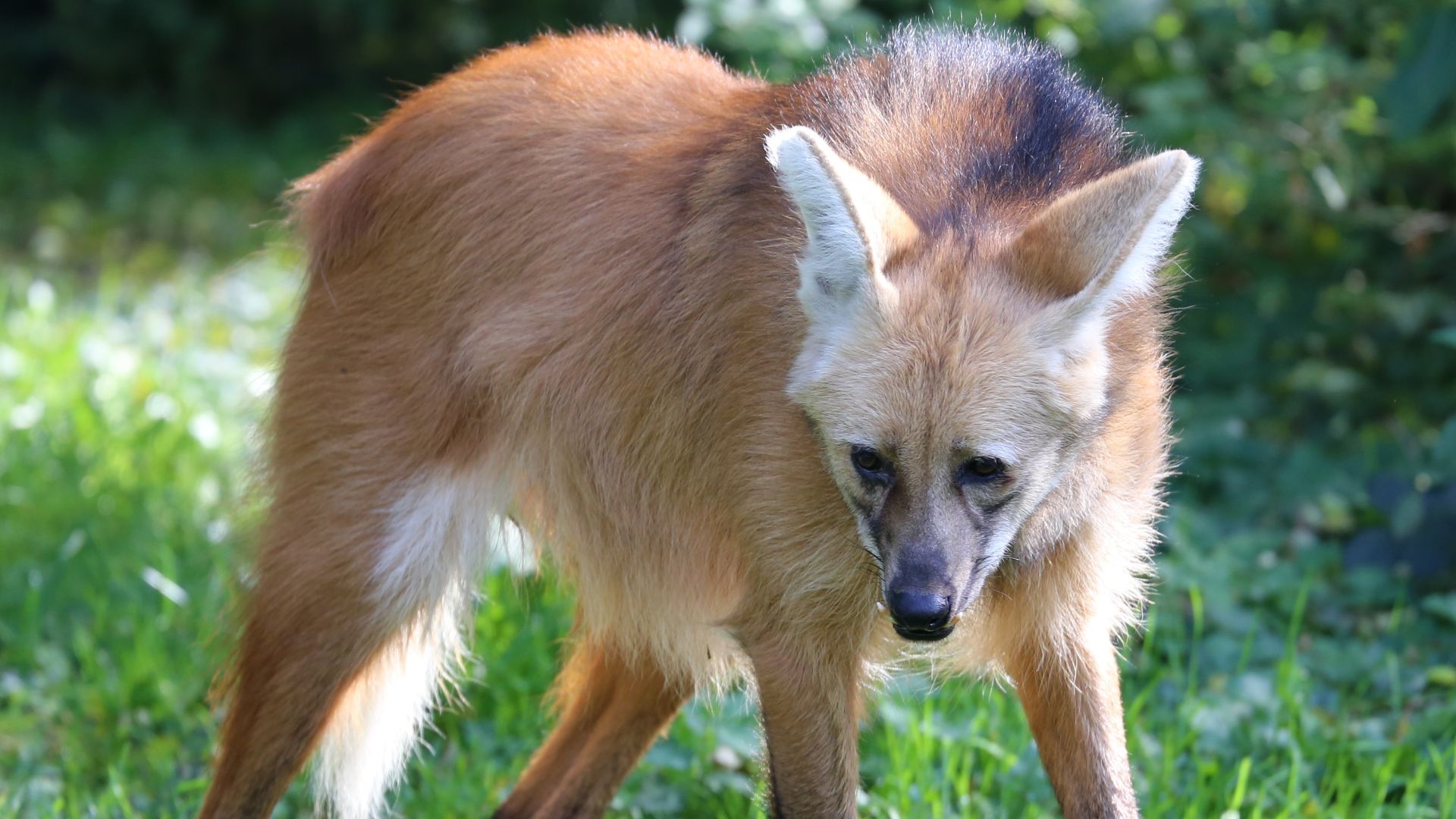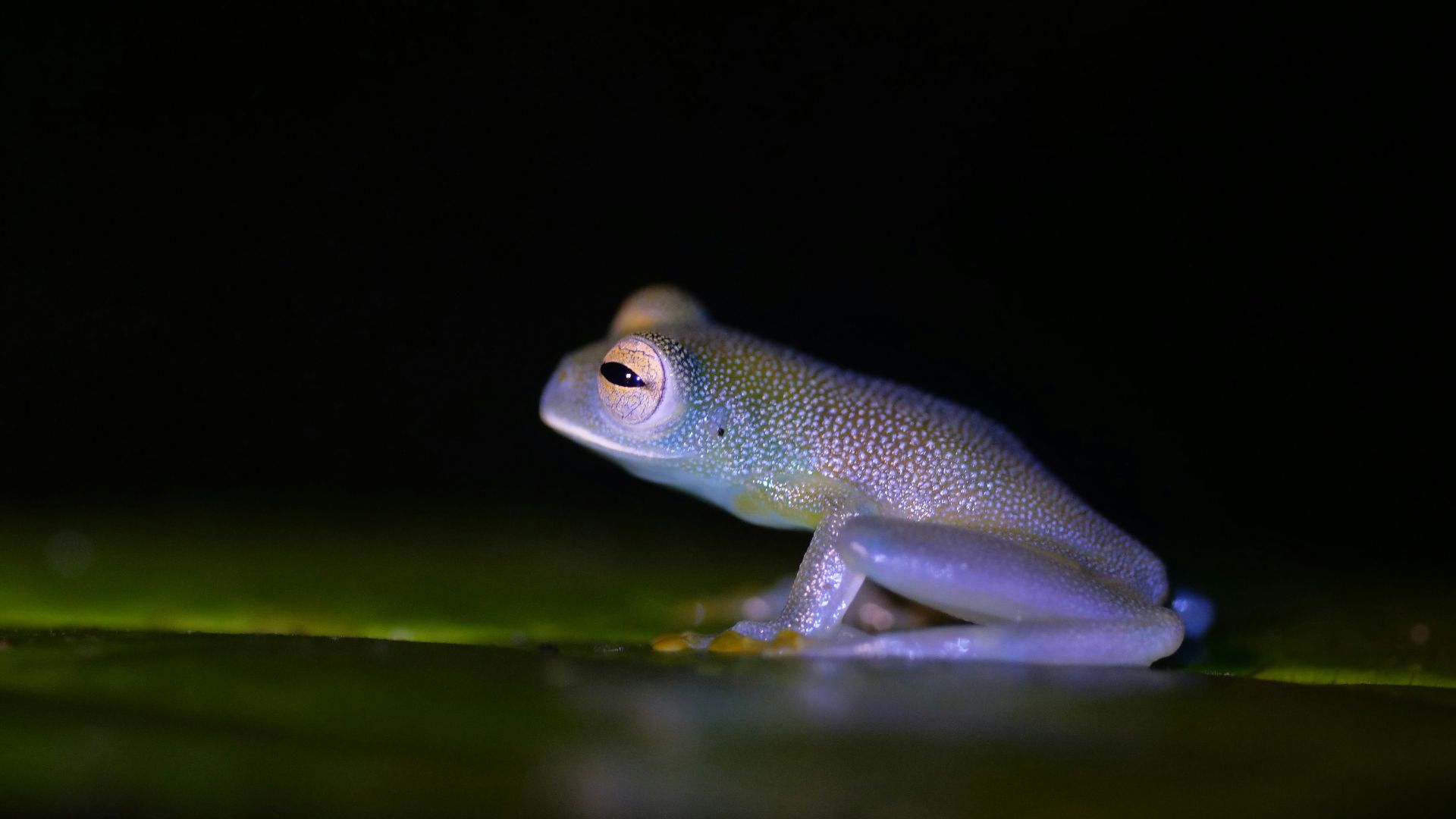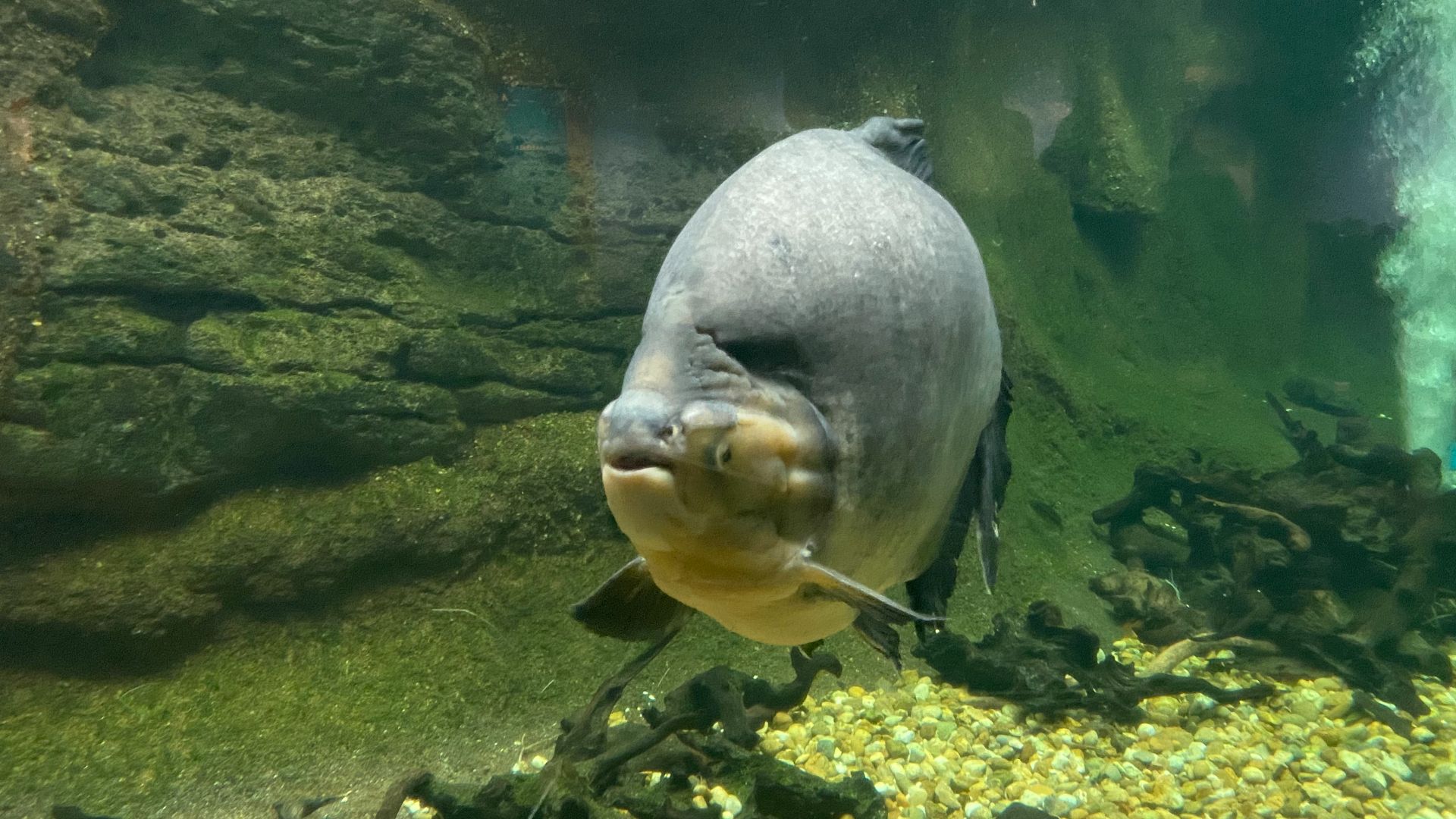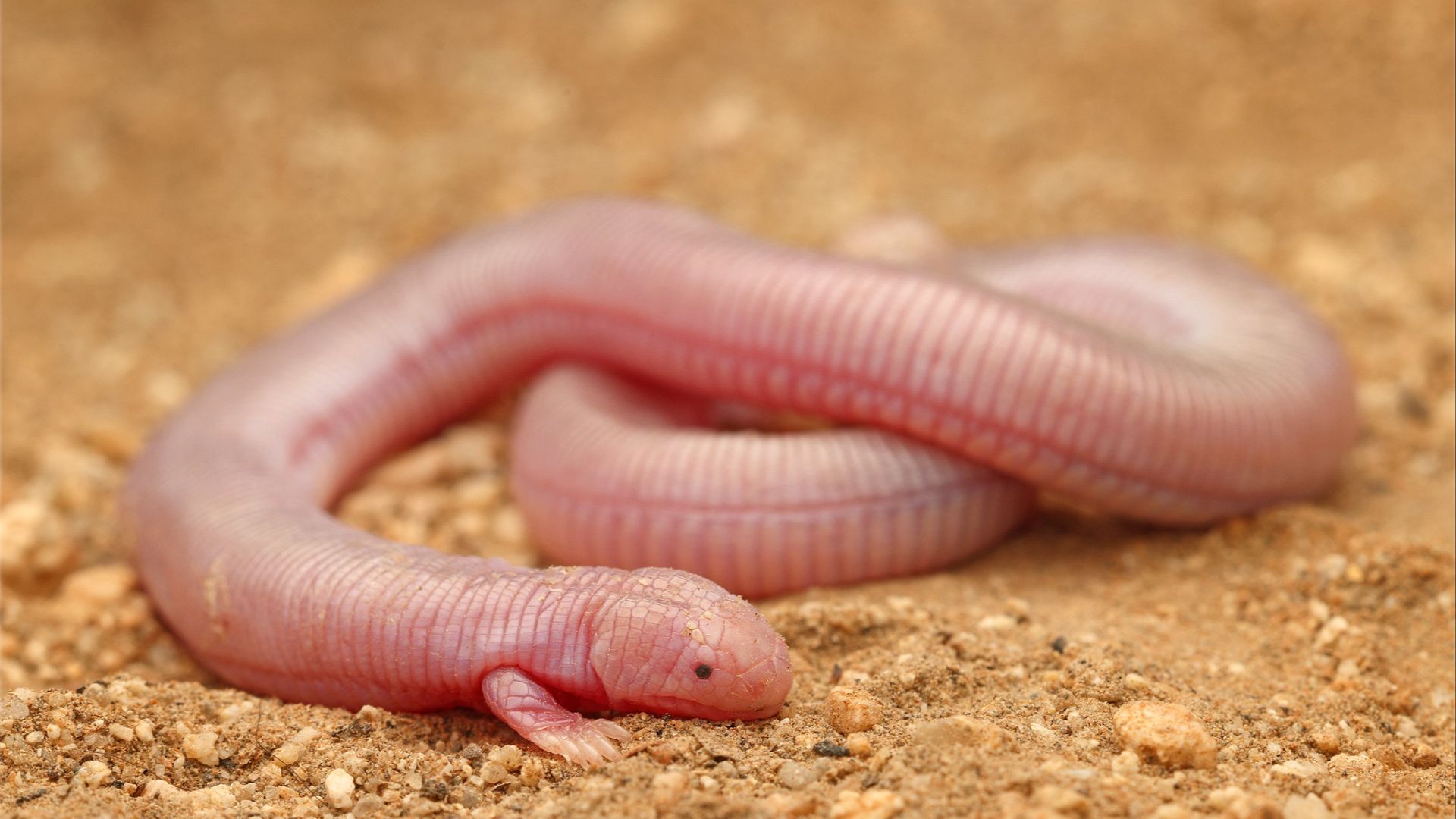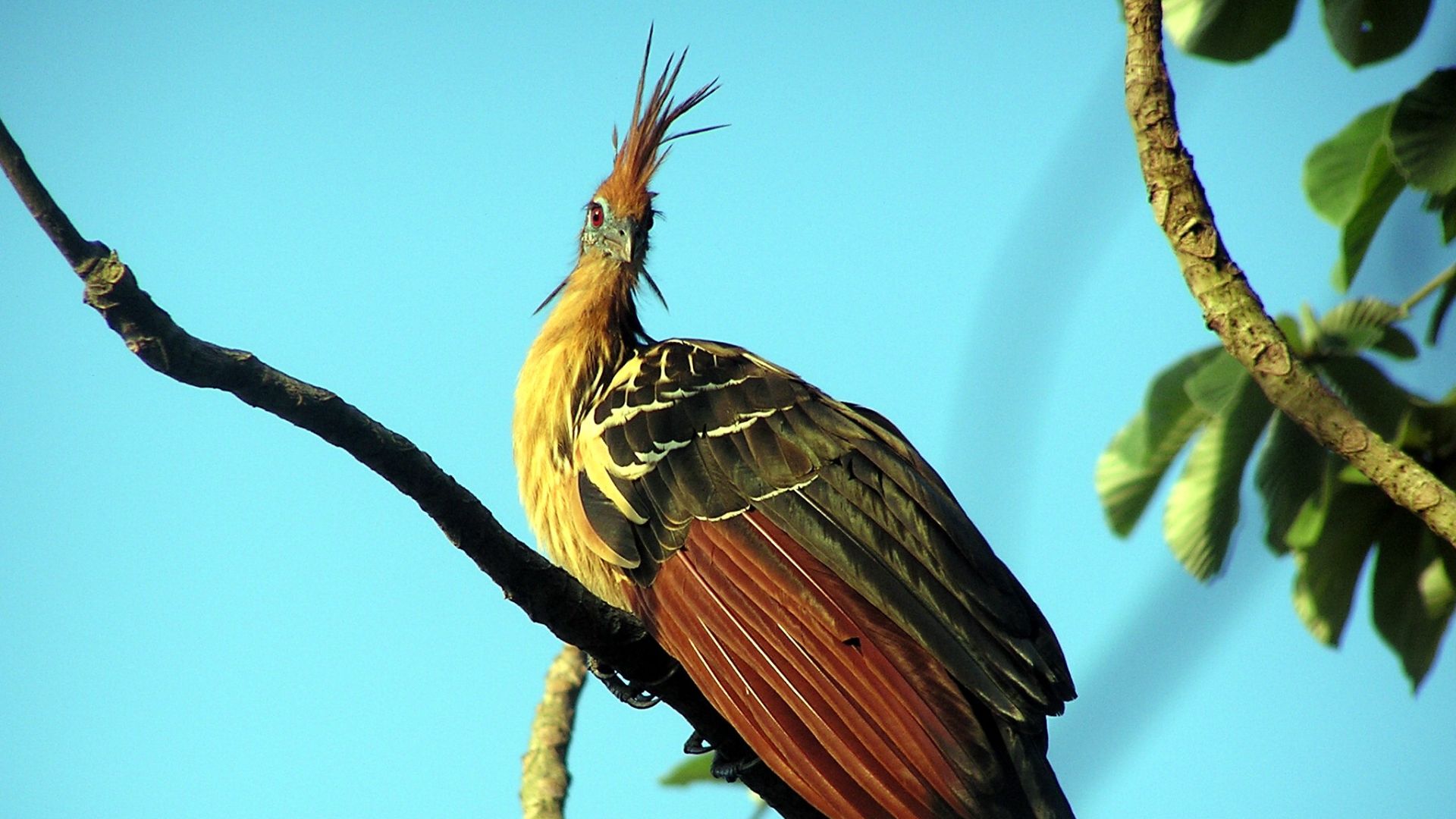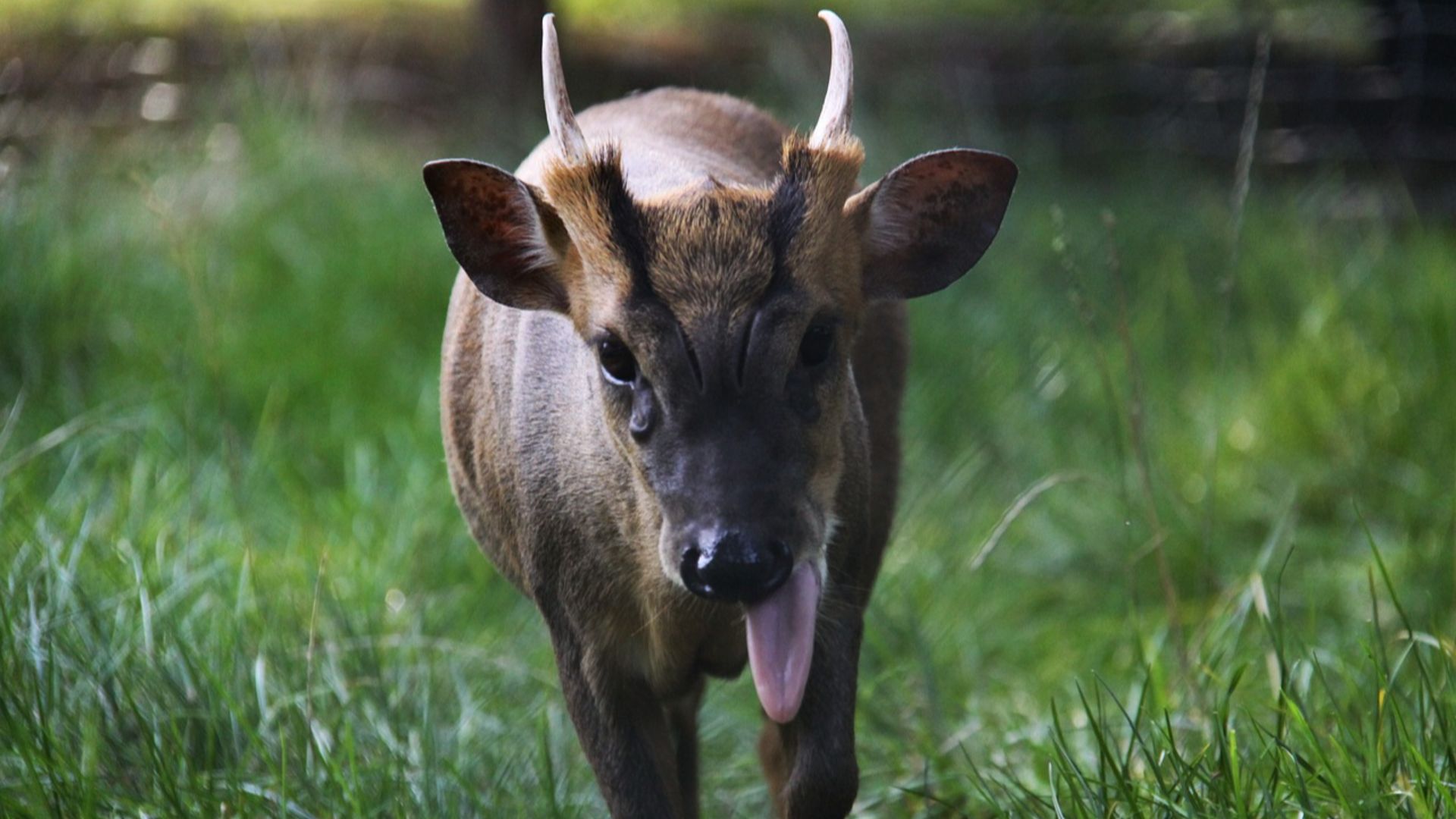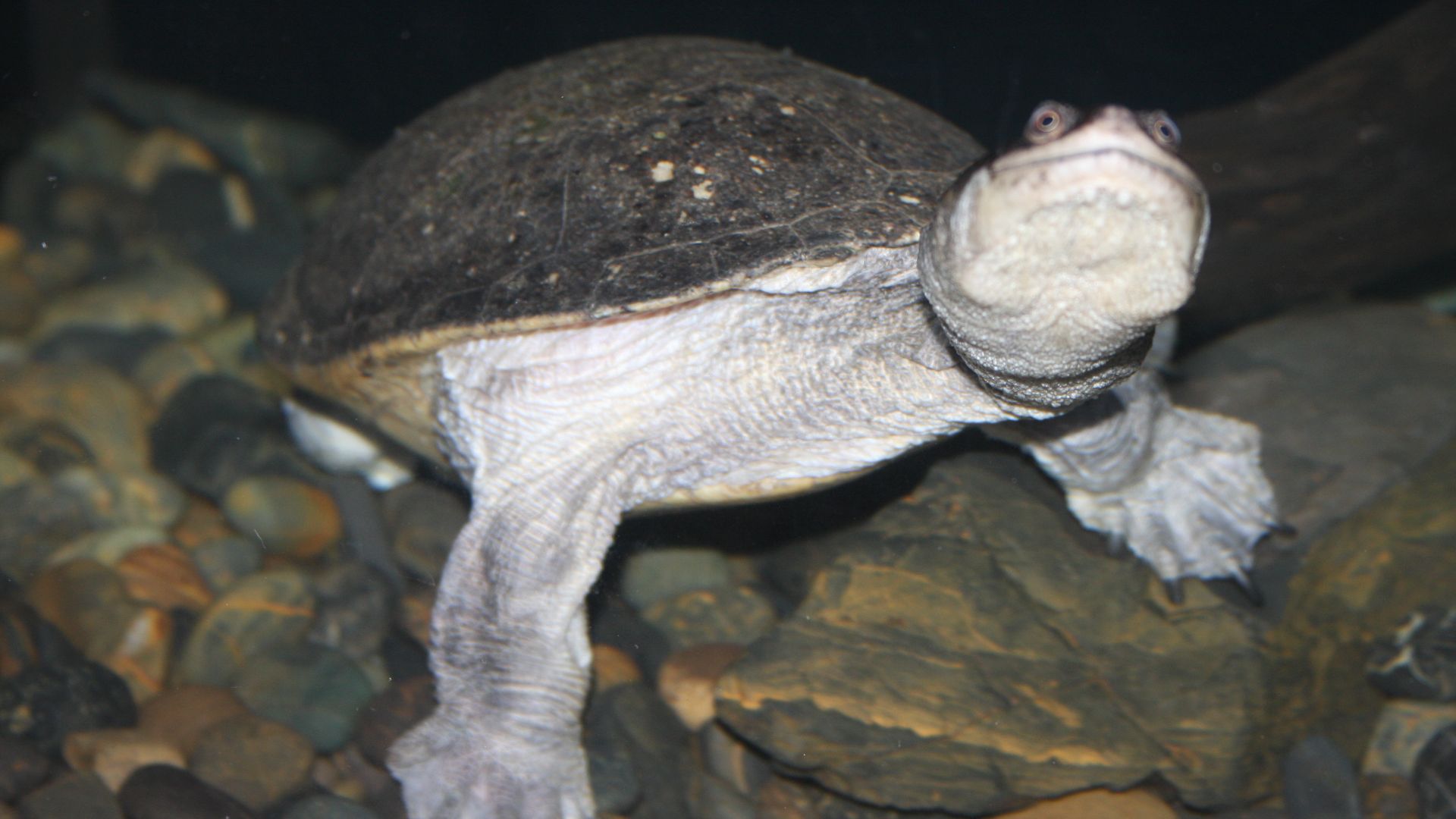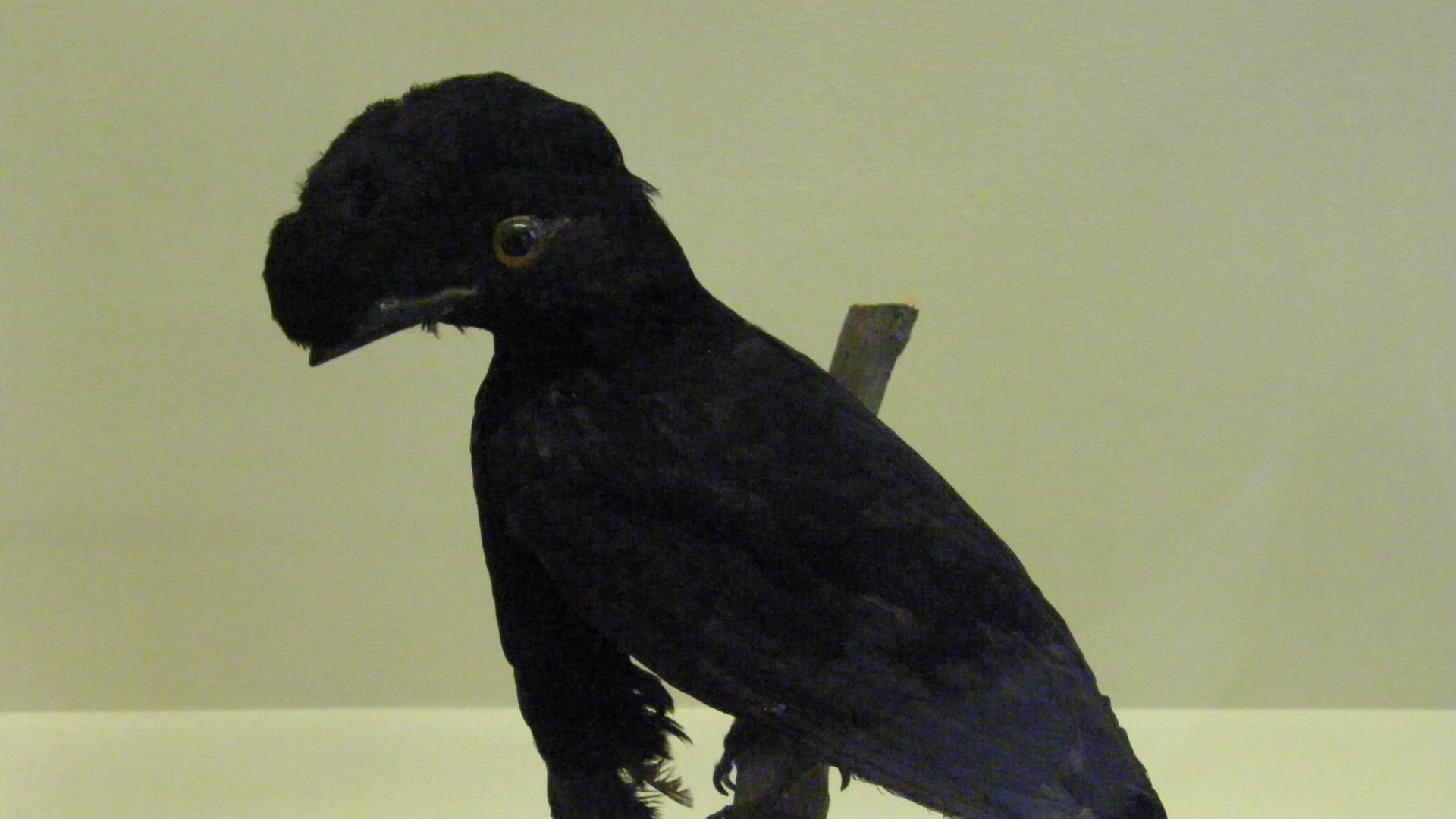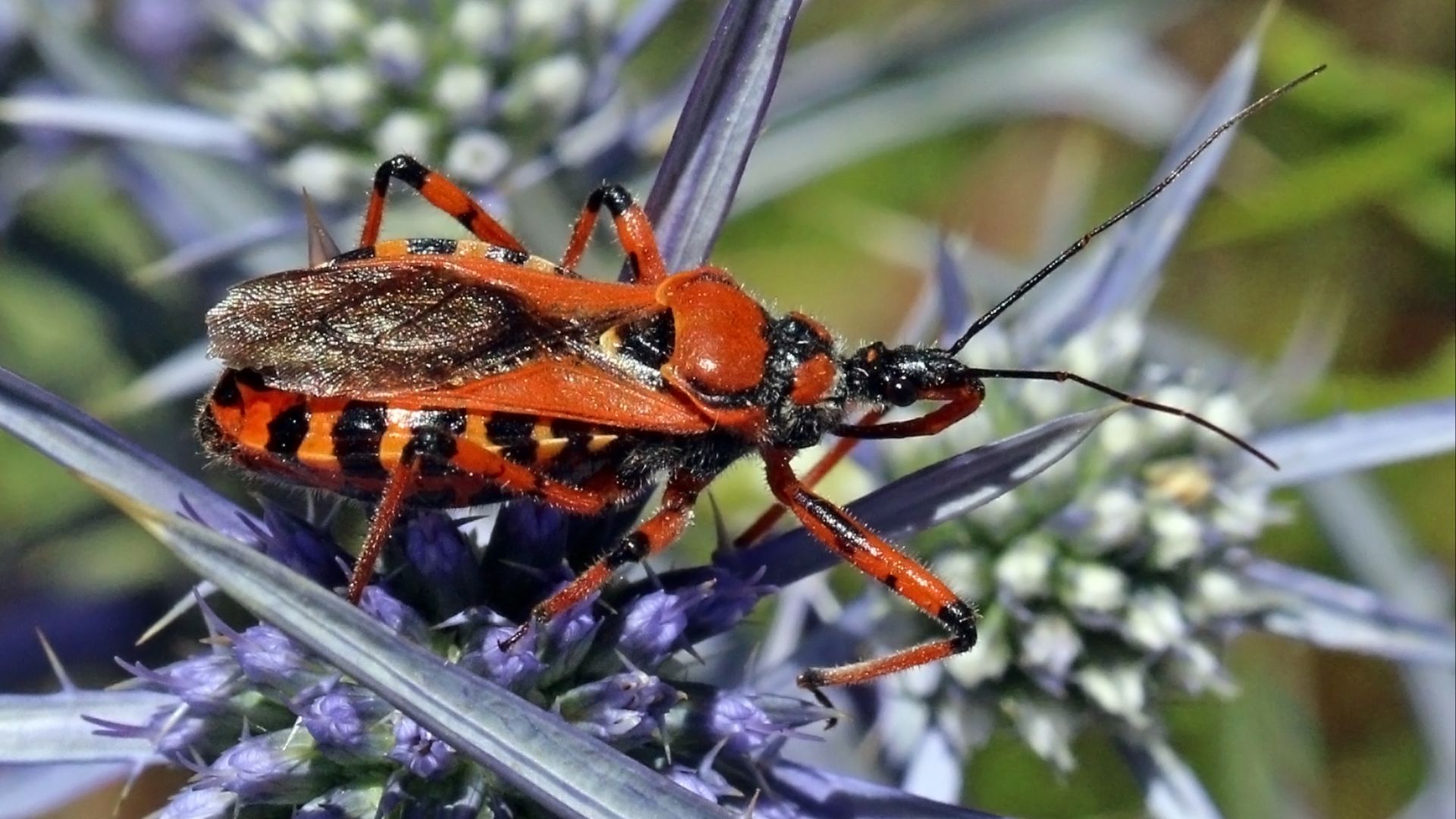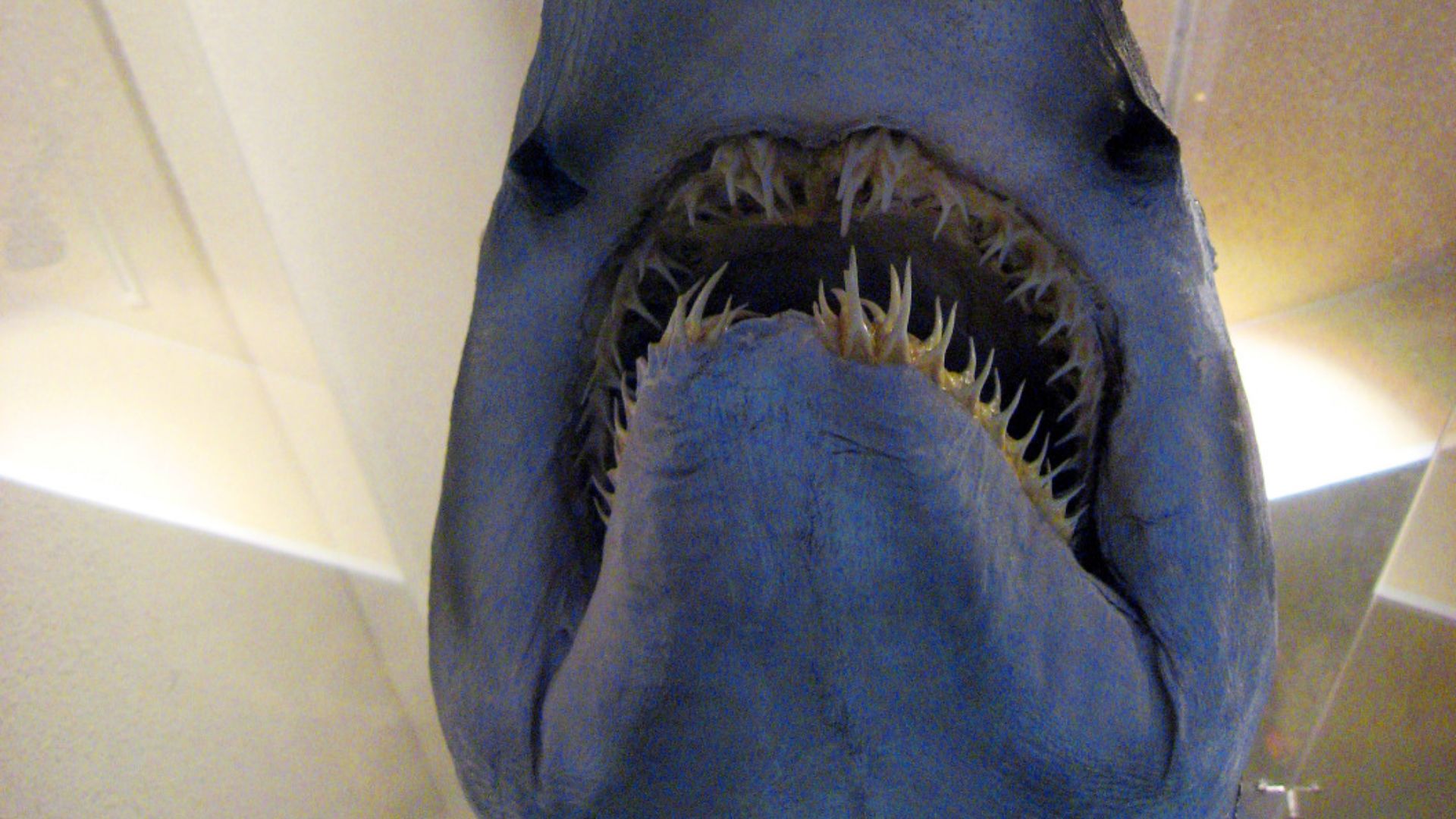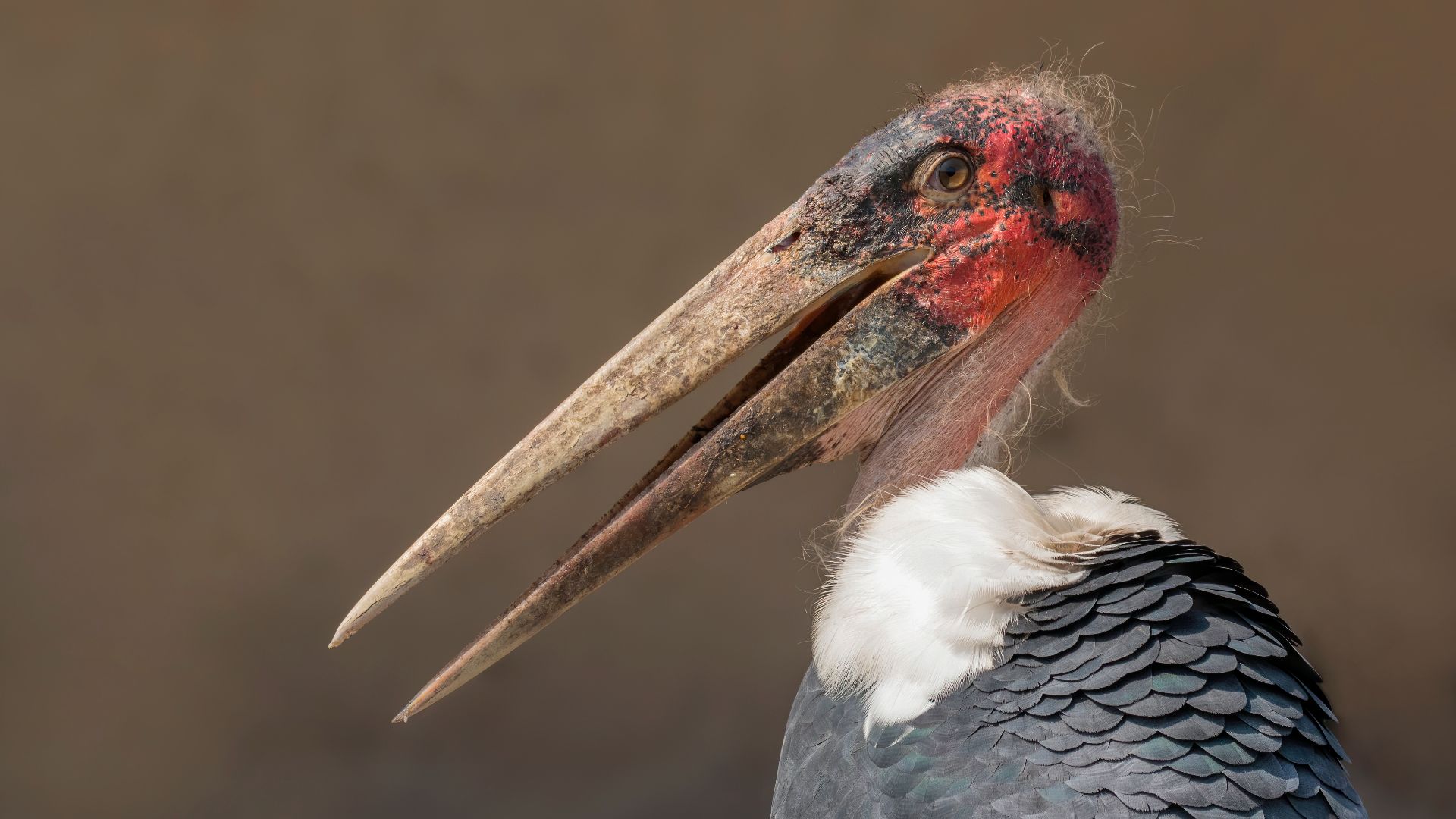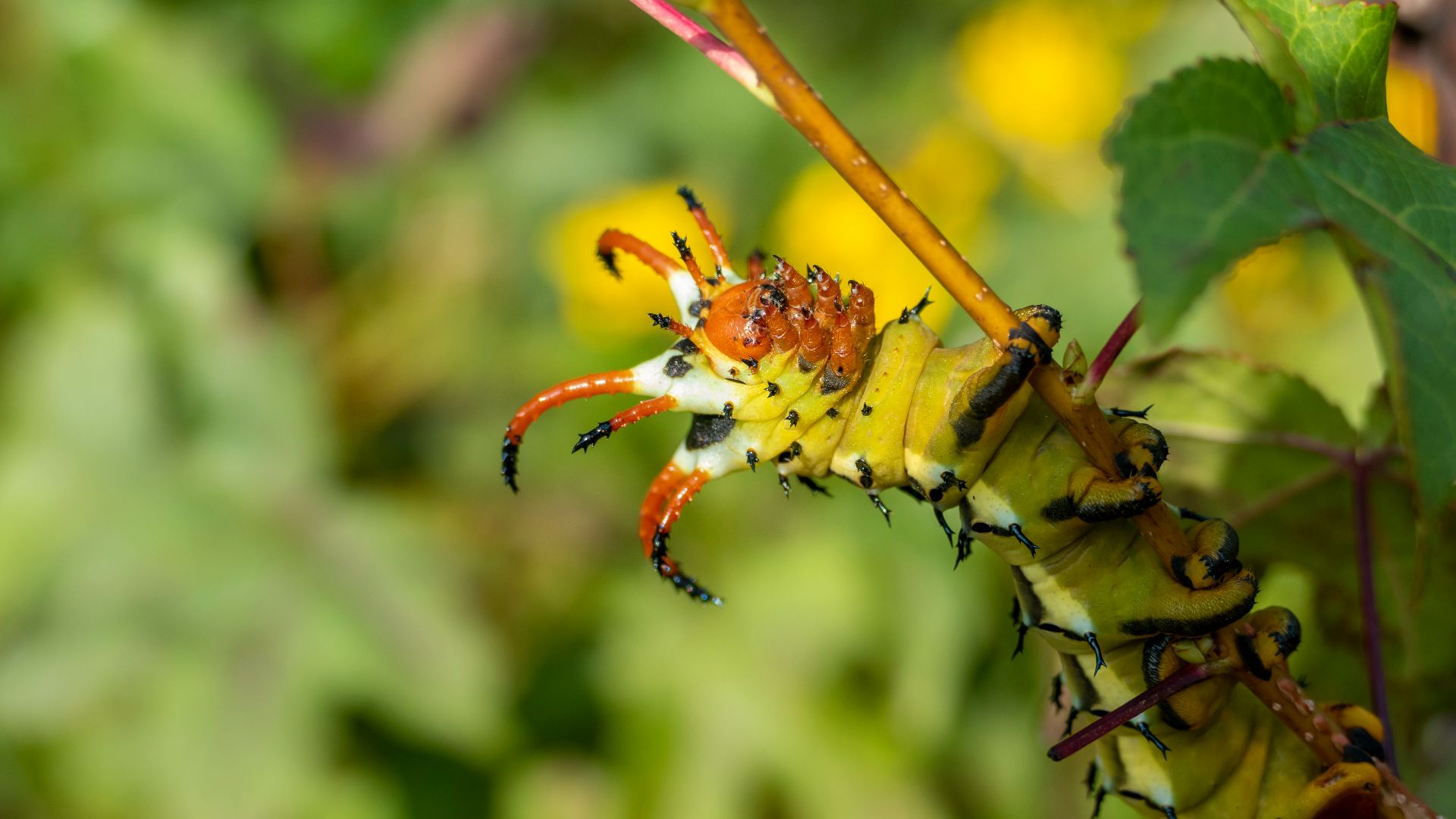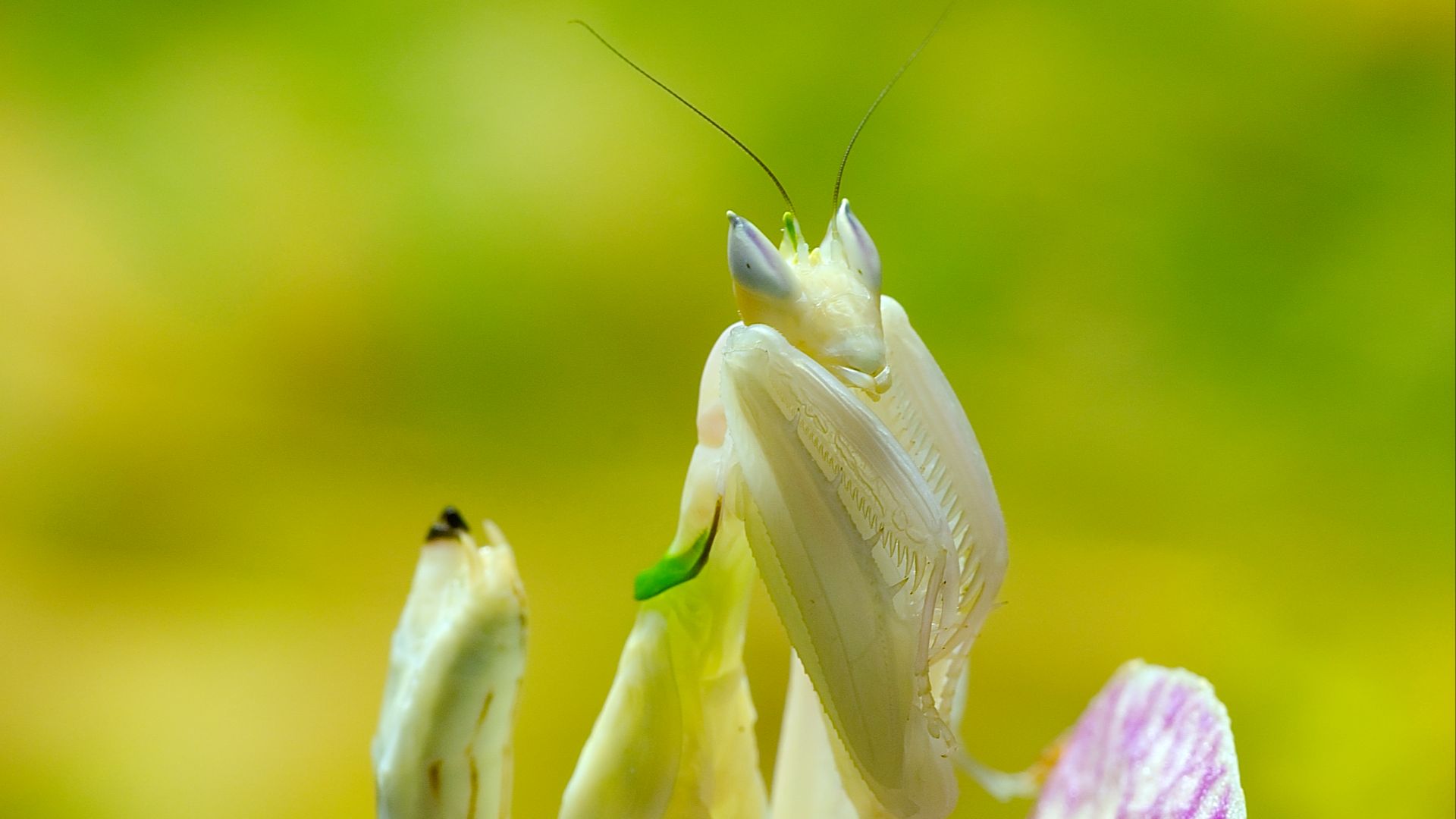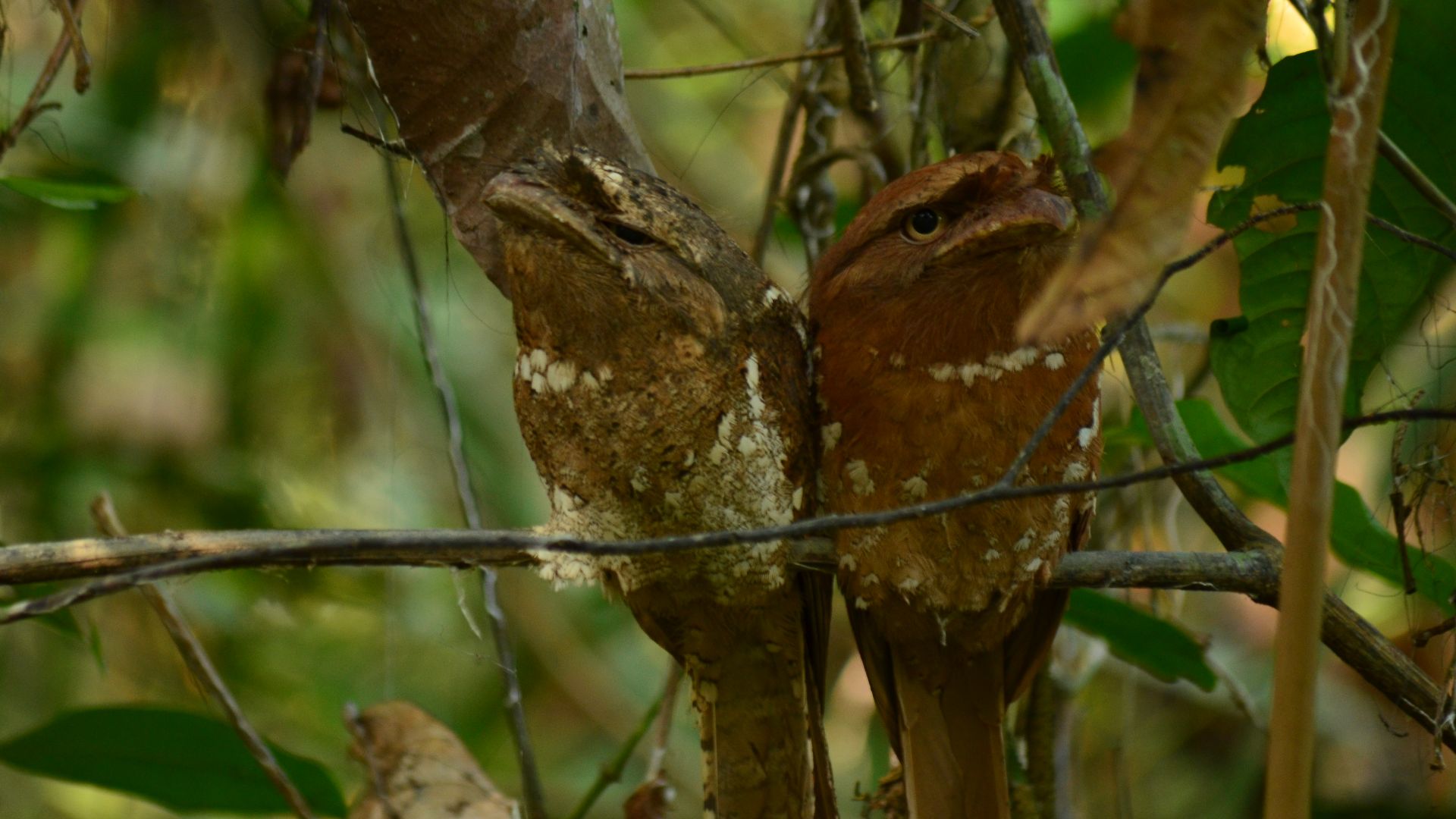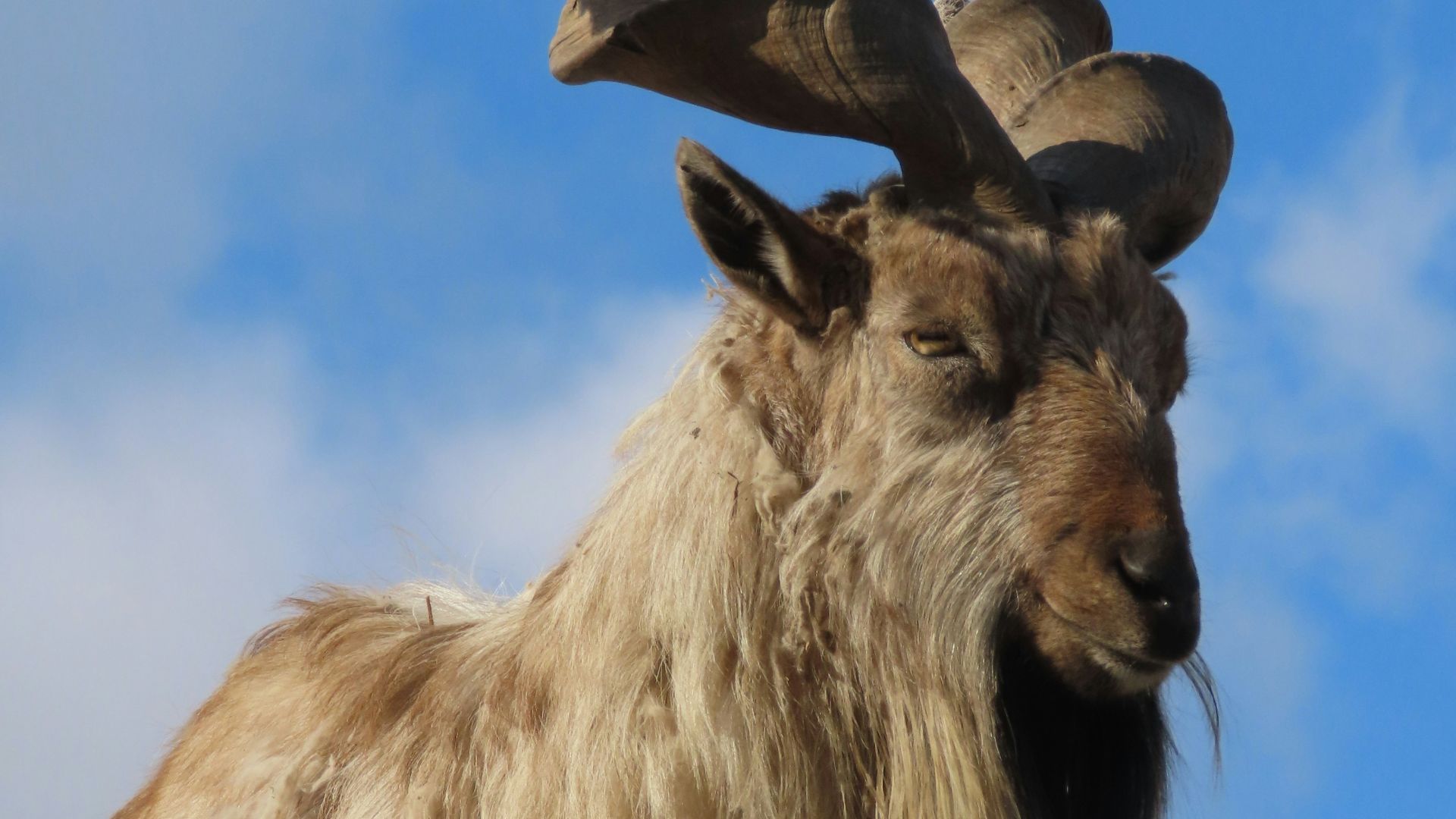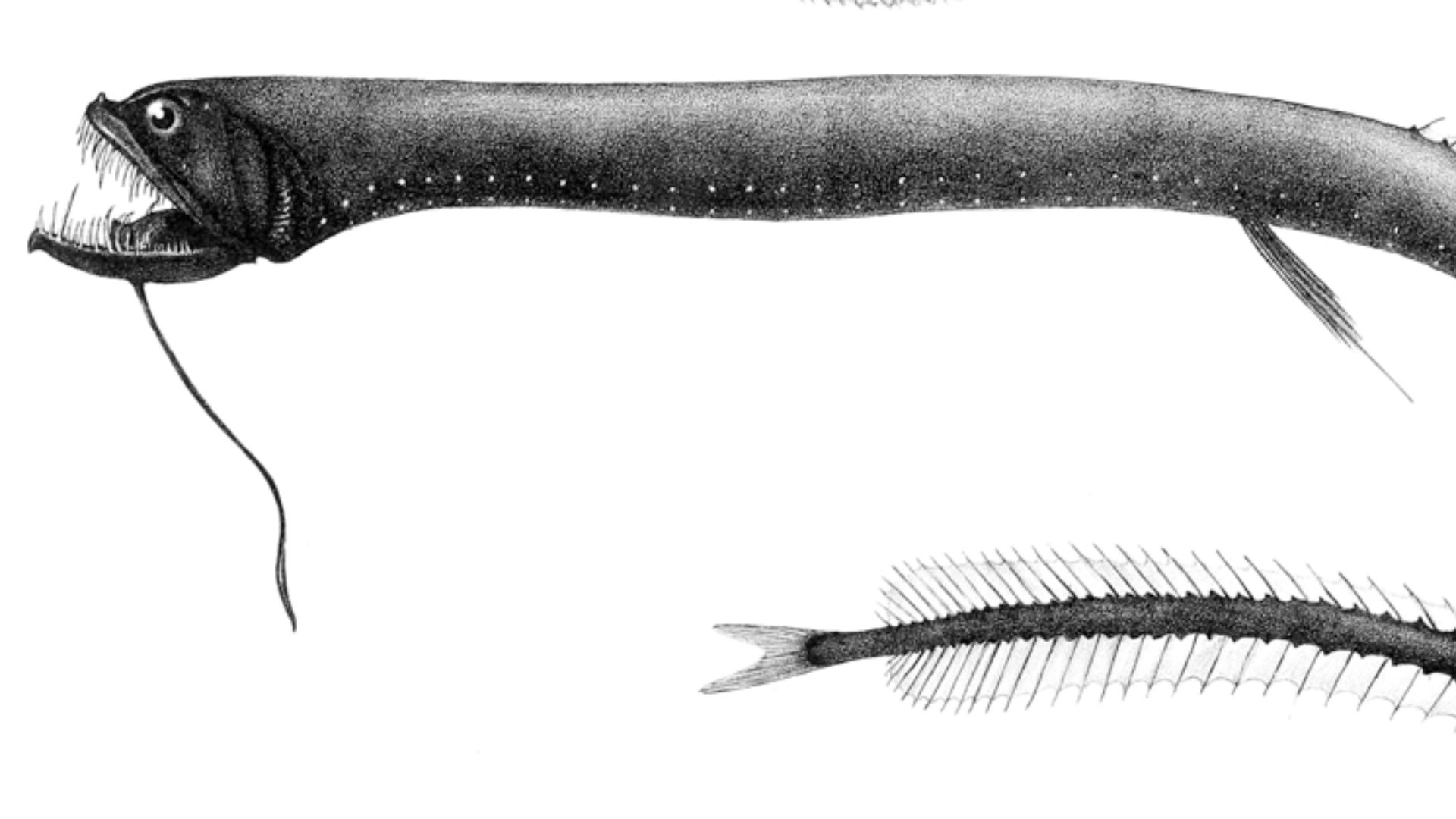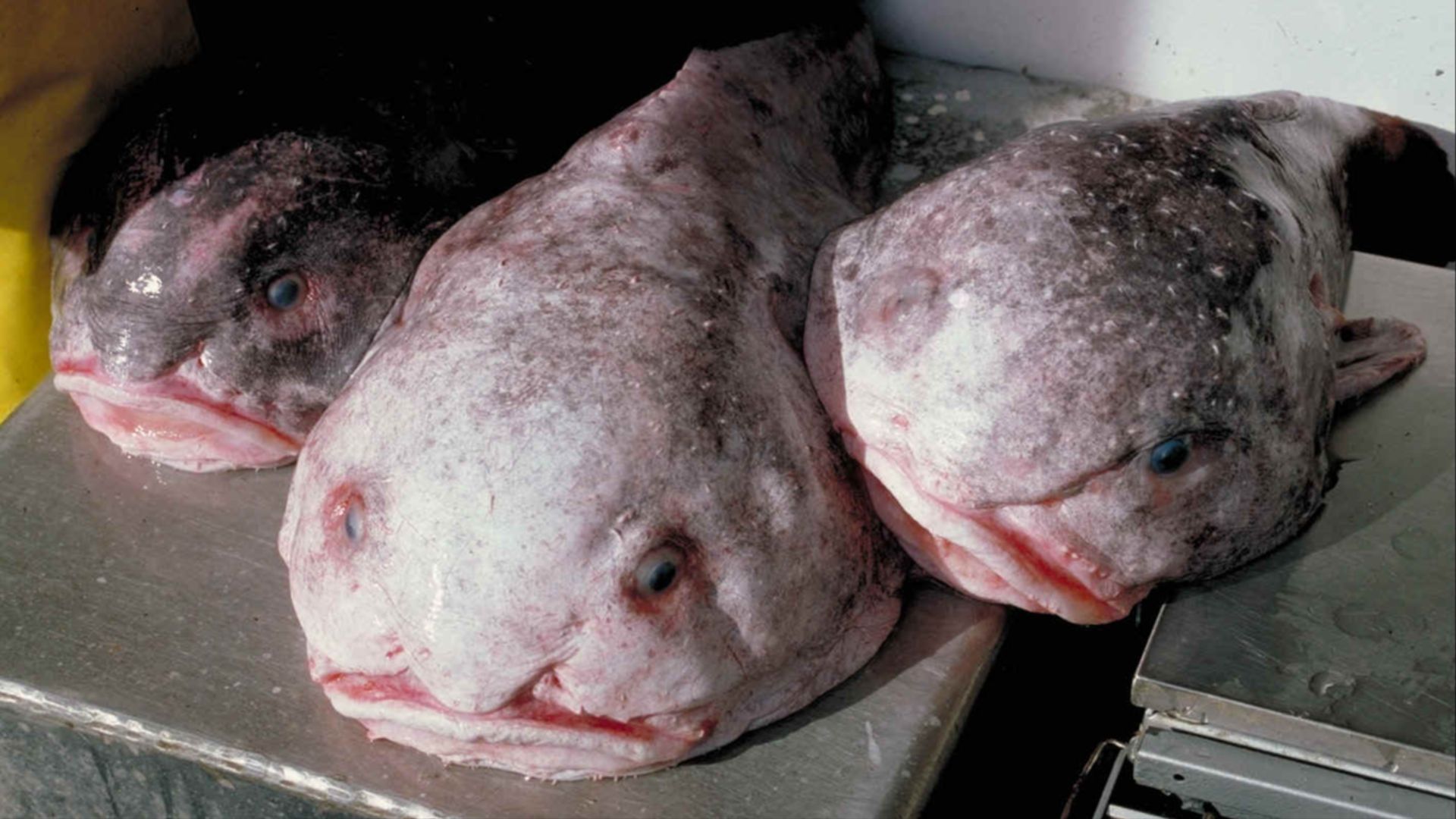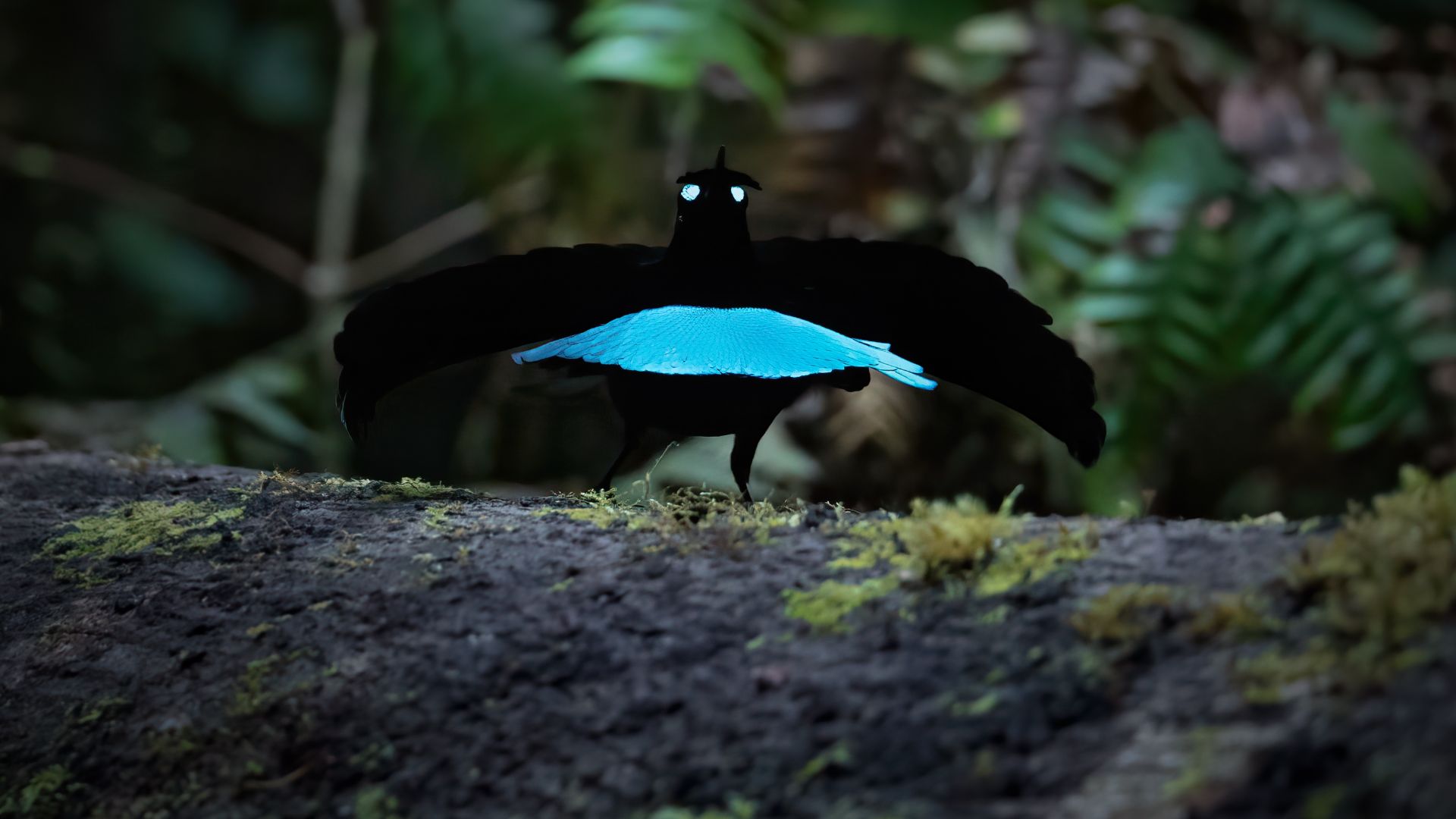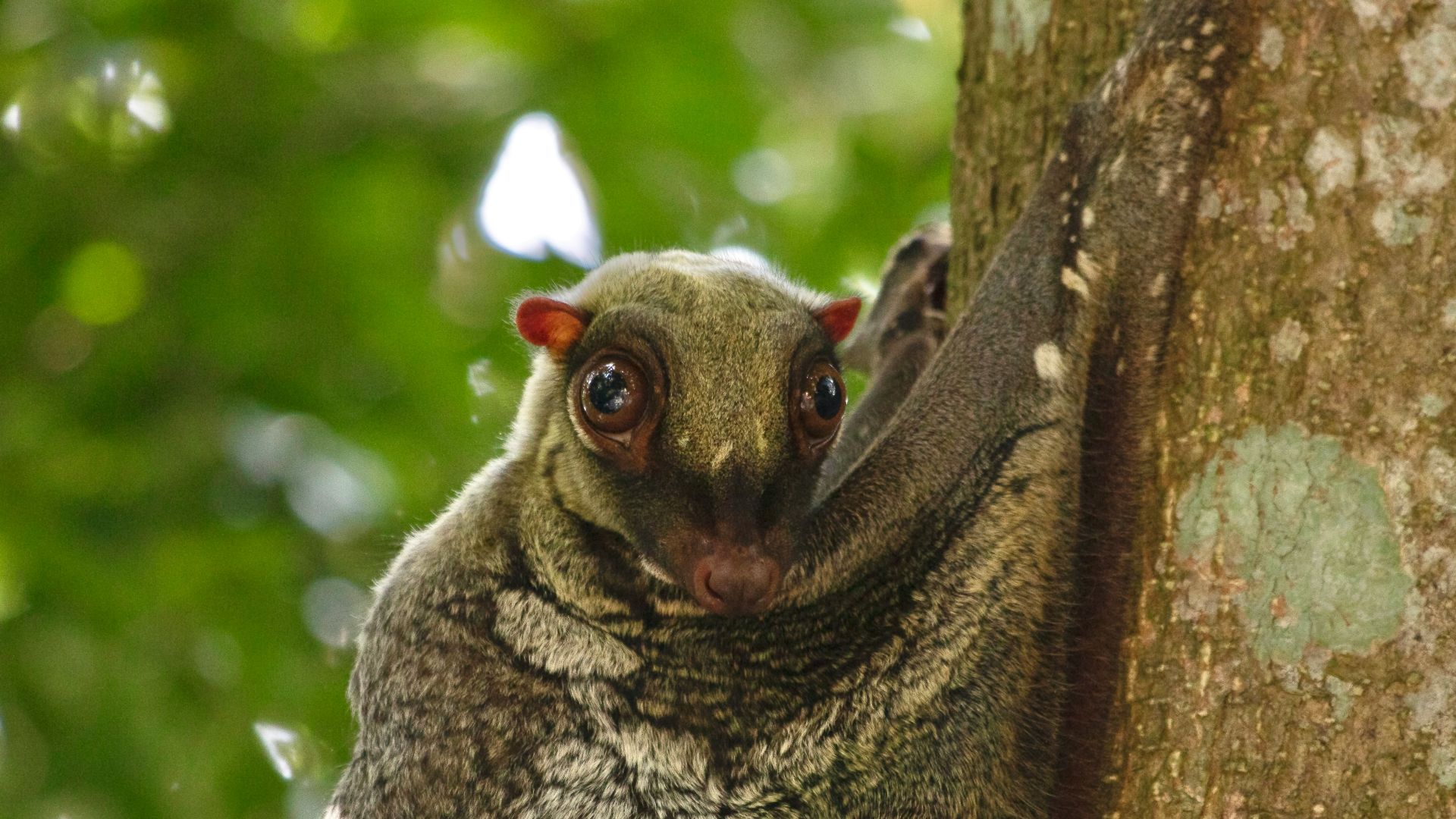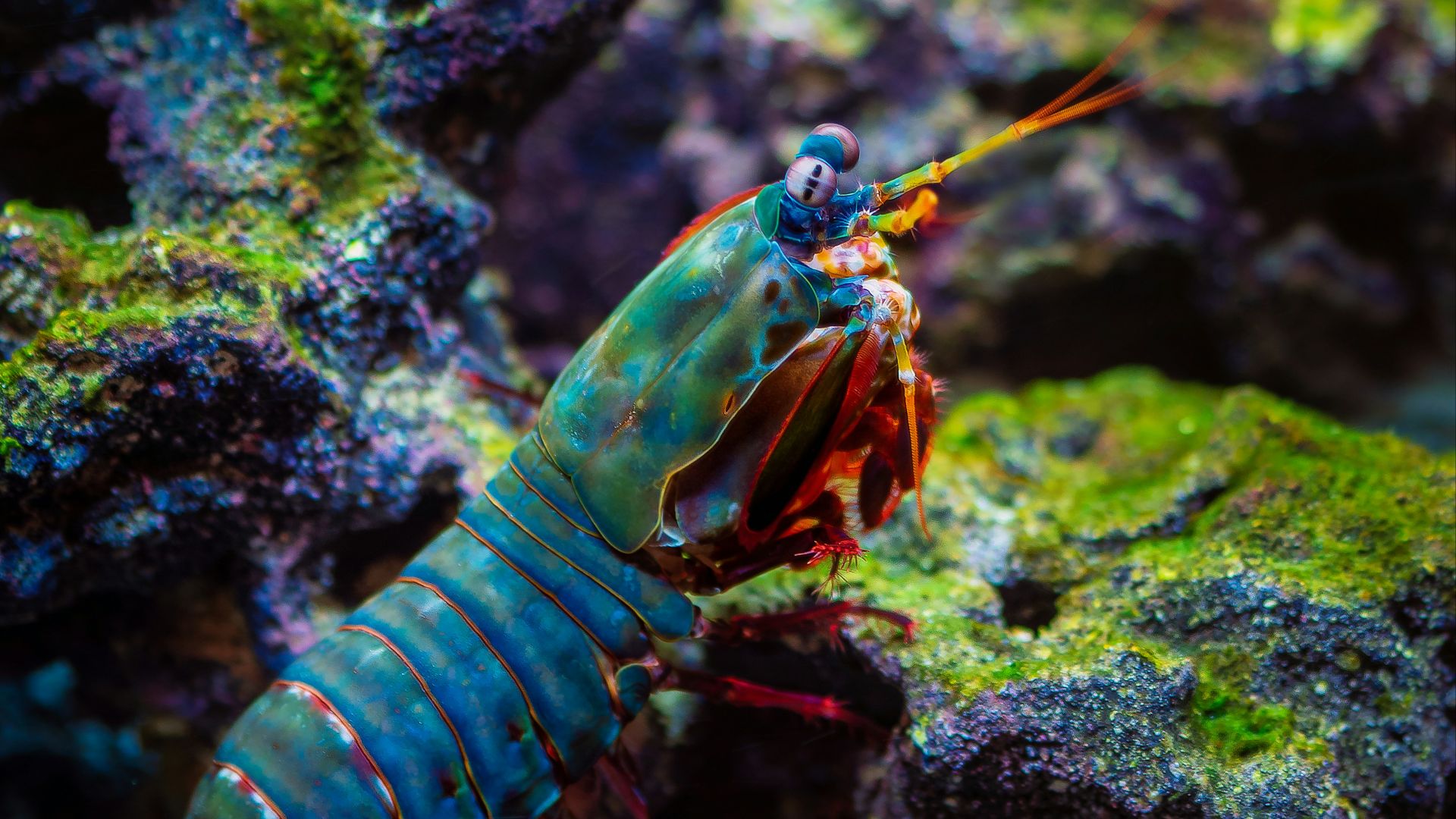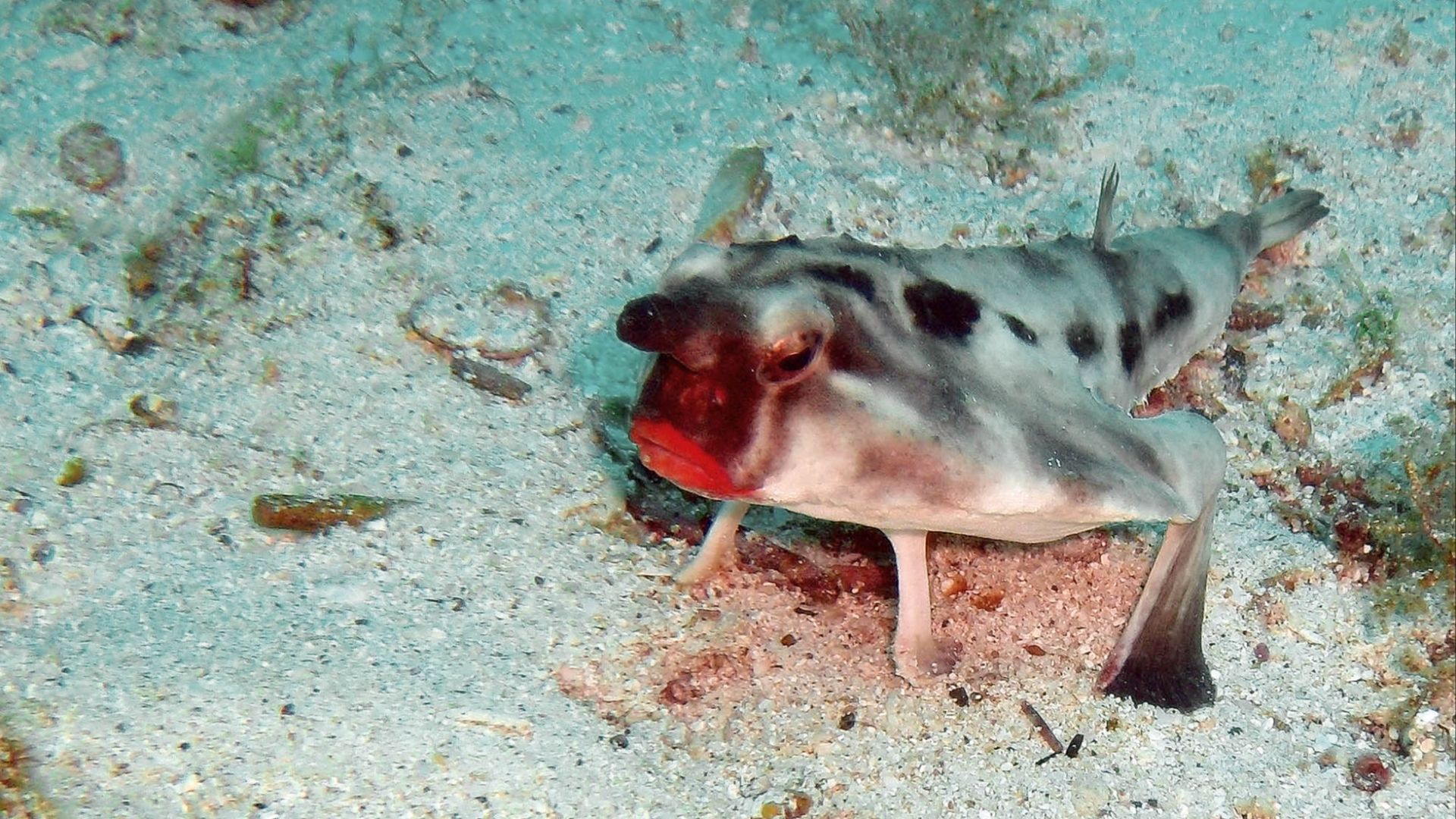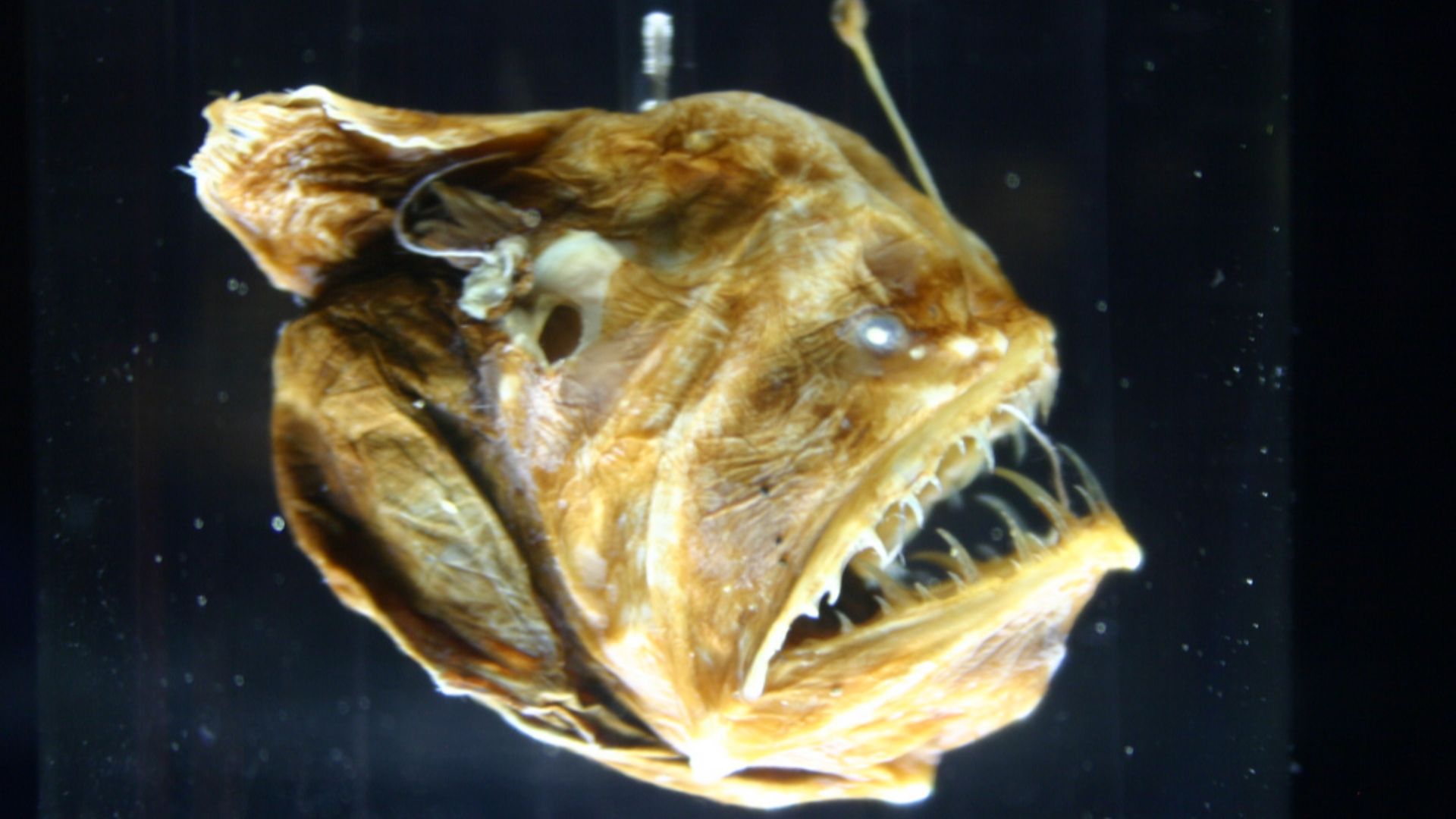Aliens From Earth
We have yet to discover life on other planets. But as it turns out, there are plenty of weird species on this planet that could easily pass as movie aliens if we hadn't already discovered them. So let's take a look at some of the most amazing creatures from all over the world that seriously look like they're from other worlds.
40. Axolotl
The axolotl is also known as the Mexican Walking Fish, but it's actually not a fish at all. It's an amphibian, a type of salamander (although they have gills rather than lungs and prefer therefore to stay in the water). They are native to a number of Mexican lakes, although they are critically endangered and their population is in radical decline.
39. Atretochoana
You might mistake atretochoana for a worm or a snake or ... a part of the male anatomy... but it's actually an amphibian -- granted, an exceptionally weird one. It has no lungs, no pulmonary arteries, sealed nostrils, a dorsal fin, and muscles that don't seem to exist in any other known species. The few specimens that exist are as long as 31.8 inches. They're thought to live mostly in the water, but very little is known about the species in general.
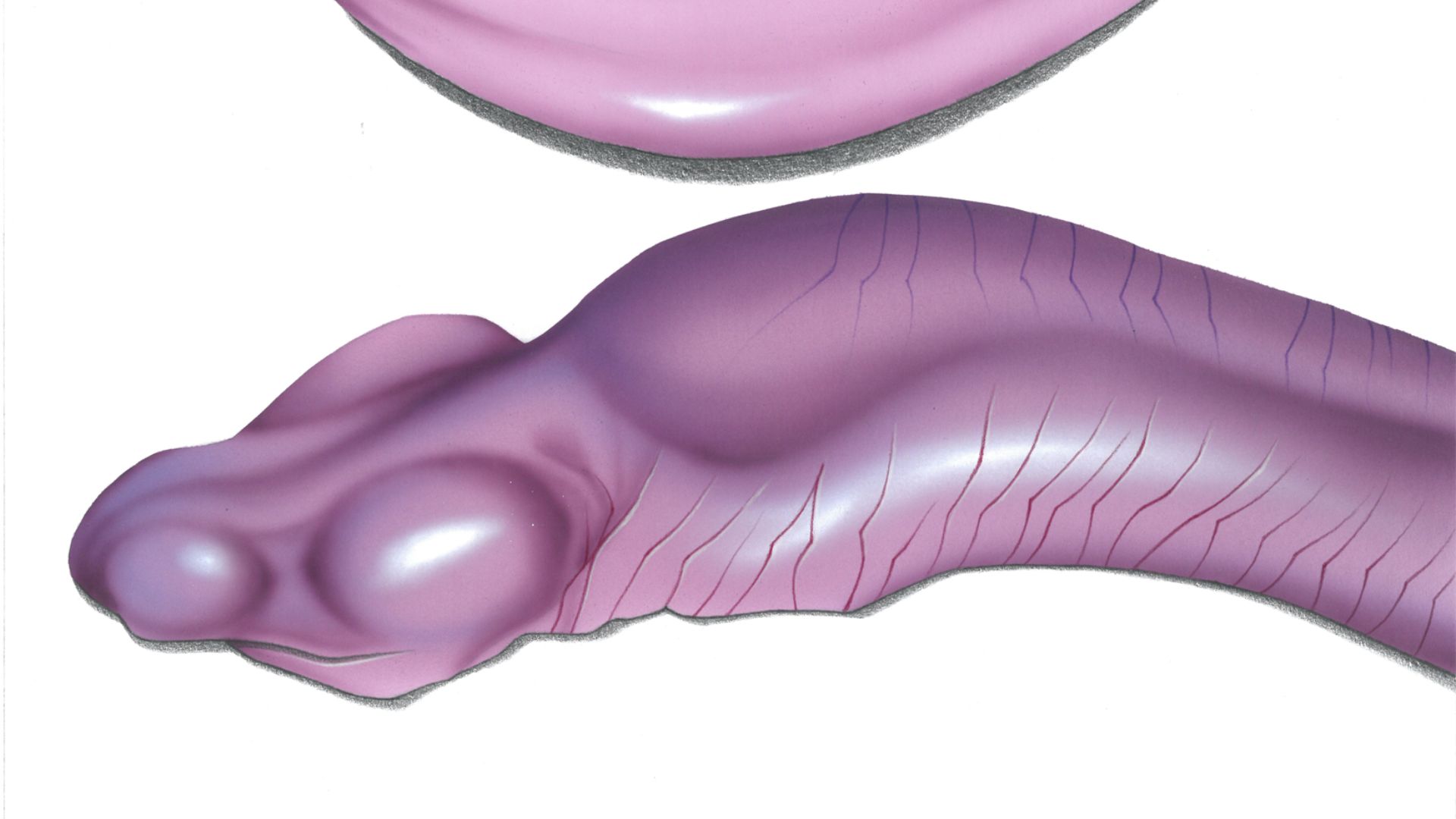 Tobias von Anhalt on Wikimedia
Tobias von Anhalt on Wikimedia
38. Glaucus Atlanticus
Okay, this little fella obviously looks like something you would find in a lake on some planet orbiting a distant star. But it's actually a sea slug that uses the tension of the ocean surface to float along on the tides and winds, eating other strange creatures of the sea as it goes. They grow no larger than 1.2 inches in length. If you find one on a beach, don't pick it up; their sting is said to be extremely painful.
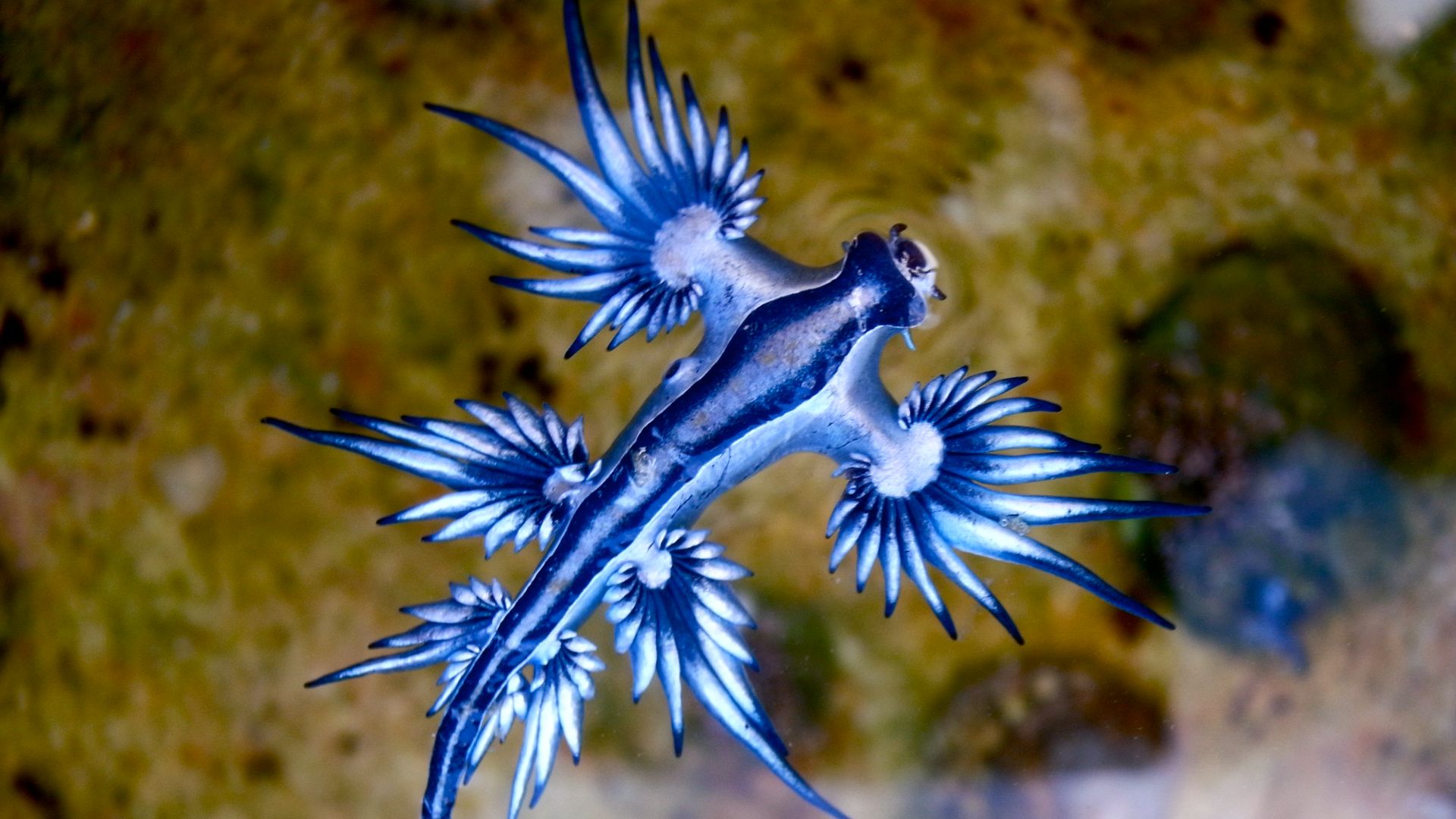 Sylke Rohrlach from Sydney on Wikimedia
Sylke Rohrlach from Sydney on Wikimedia
37. Jellyfish
We're not even specifying a species here; jellyfish in general are as weird as they are beautiful. They've been around for as long as 700 million years, making them one of the oldest complex animals in the world. But despite the fact that they are alive and on some level conscious, they have no lungs or gills, no hearts or circulatory systems, and no nerves or brains. It's enough to make you stop and wonder what consciousness even is.
36. Maned Wolf
Is it a wolf? A fox? Some kind of gazelle? Is it an alien hound that will hunt is in our interstellar future? It's actually none of these things, but the maned wolf is reasonably common in South America. Apparently, it's part of a biological genus called golden dogs, of which it is the sole member.
35. Glass Frog
Some species of glass frog actually have transparent skin -- which is adaptive because it makes them harder for predators to spot at night. But it's also pretty weird and a little gross. It's reminiscent of Real Bodies or other exhibits where we get a glimpse into the inner workings of the human anatomy, except these little critters are alive. We're just grateful humans don't have see-through skin.
34. Mata Mata Turtle
Mata matas are native to the river basins and lakes of South America. With their long necks, huge moths, and horned shells and bodies, they stand out from your average turtle. Their strange appearance serves a vital purpose, however. They float motionless in the water, looking like logs or piles of leaves, until unwary fish happen by. Then the mata mata extends its long neck, opens its gaping mouth, and sucks the fish inside, swallowing them whole.
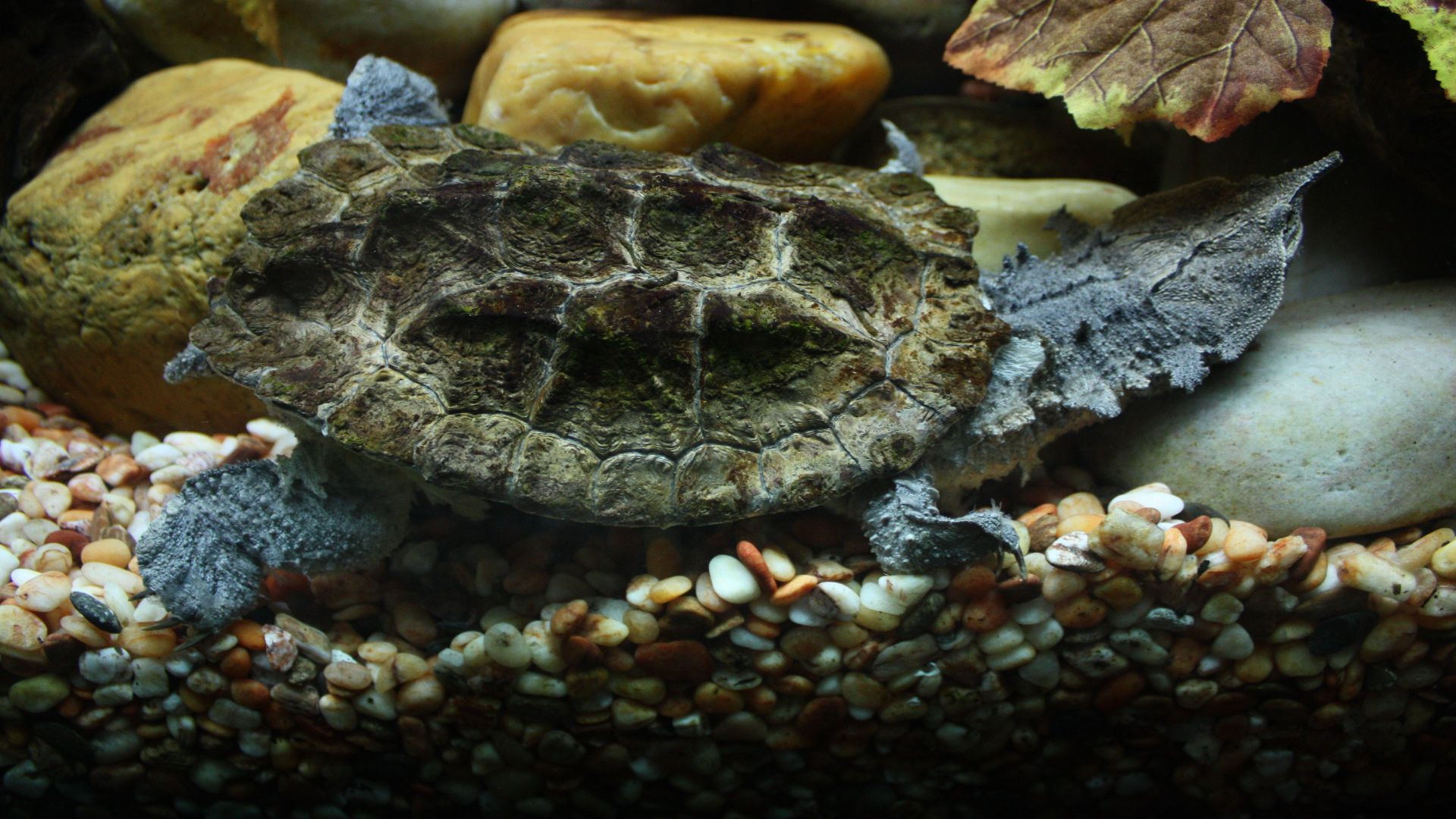 J. Patrick Fischer on Wikimedia
J. Patrick Fischer on Wikimedia
33. Japanese Spider Crab
Apologies: these things are nightmare fuel for sure. The spider crab has the longest leg span of any crab -- or any arthropod for that matter. From end to end, they can grow as large as 18 feet. Fortunately, they are said to have sweet personalities. They are also said to have a sweet flavor, and are considered a delicacy in Japan.
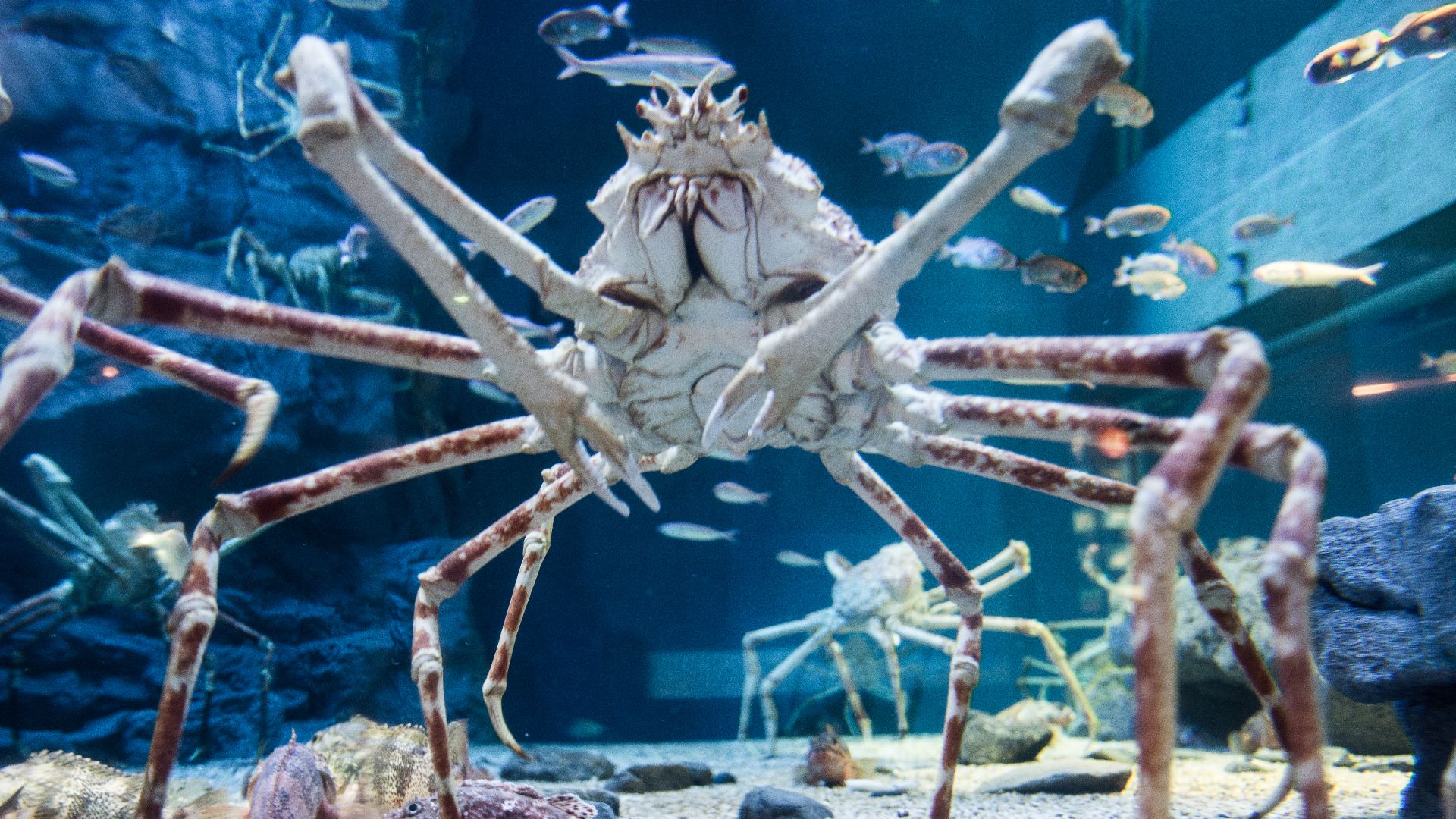 Takashi Hososhima from Tokyo, Japan on Wikimedia
Takashi Hososhima from Tokyo, Japan on Wikimedia
32. Pacu Fish
Have you ever had a nightmare that you were being hunted by fish with people teeth? Yeah, those were pacu fish. Although related to piranhas, pacu fish are both larger and far less likely to eat you. They are mainly vegetarians, thank god, so you can dismiss them from your fever dreams.
31. Mexican Mole Lizard
If a worm and a lizard and a mole somehow had a baby together and it was somehow kind of cute but also clearly an alien -- this is what it would look like. They grow from 7-9.4 inches in length and are native to the Baja California peninsula in Mexico.
30. Angora Rabbit
They're popularly domesticated and bred for their luxurious coats, but if you've never seen an Angora rabbit before, they look a bit like otherworldly puff-balls. If we ever do get to meet real aliens, we can only hope they're this cuddly.
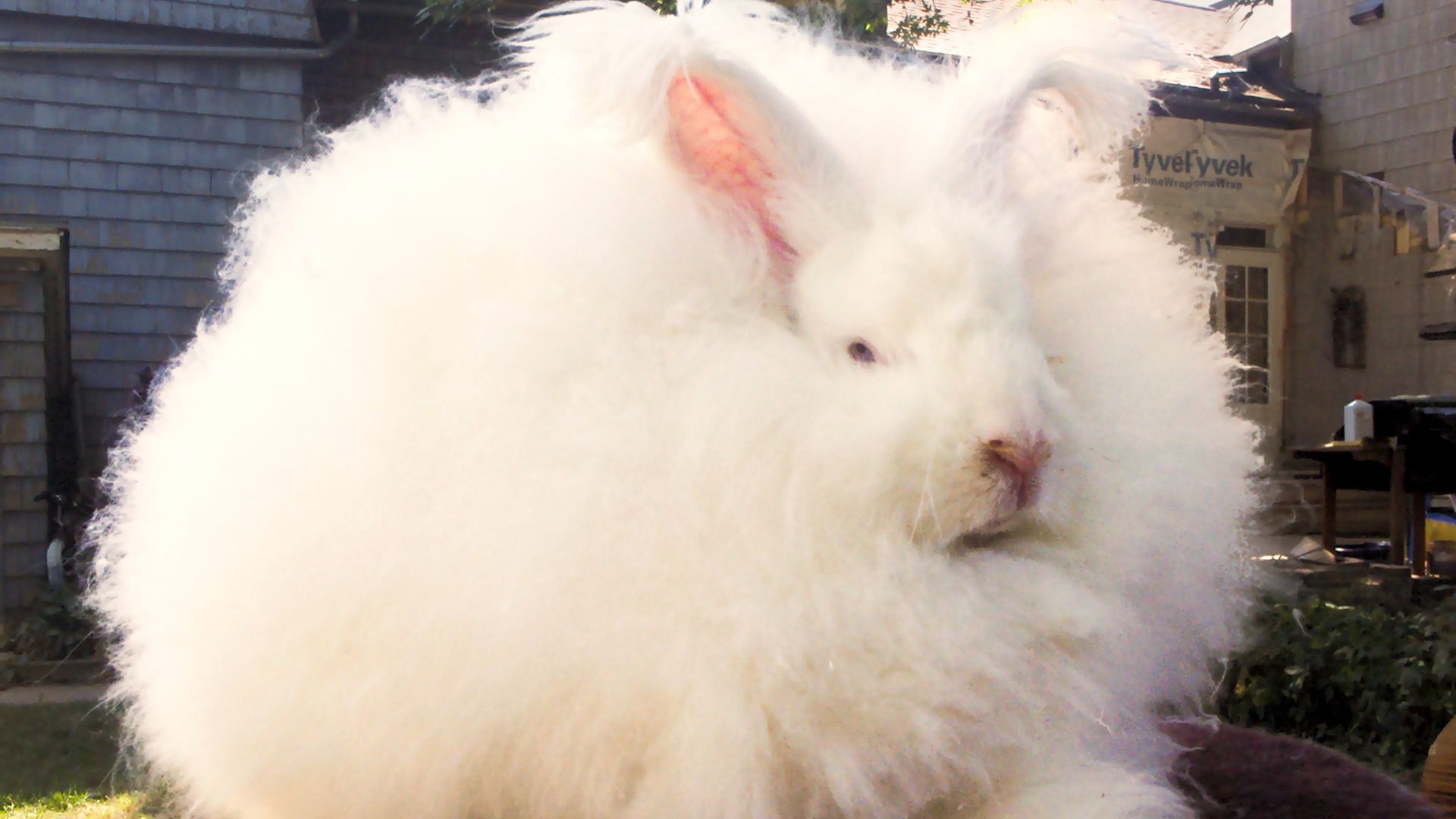 Joey_Giant_Angora_Buck.jpg: Oldhaus
derivative work: Devvyn (talk) on Wikimedia
Joey_Giant_Angora_Buck.jpg: Oldhaus
derivative work: Devvyn (talk) on Wikimedia
29. Purple Frog
Only vaguely purple and only vaguely a frog, this little amphibian is a native of the south of India. It wasn't discovered until the 20th century, probably because it spends most of its life underground. Its call supposedly sounds like a chicken clucking.
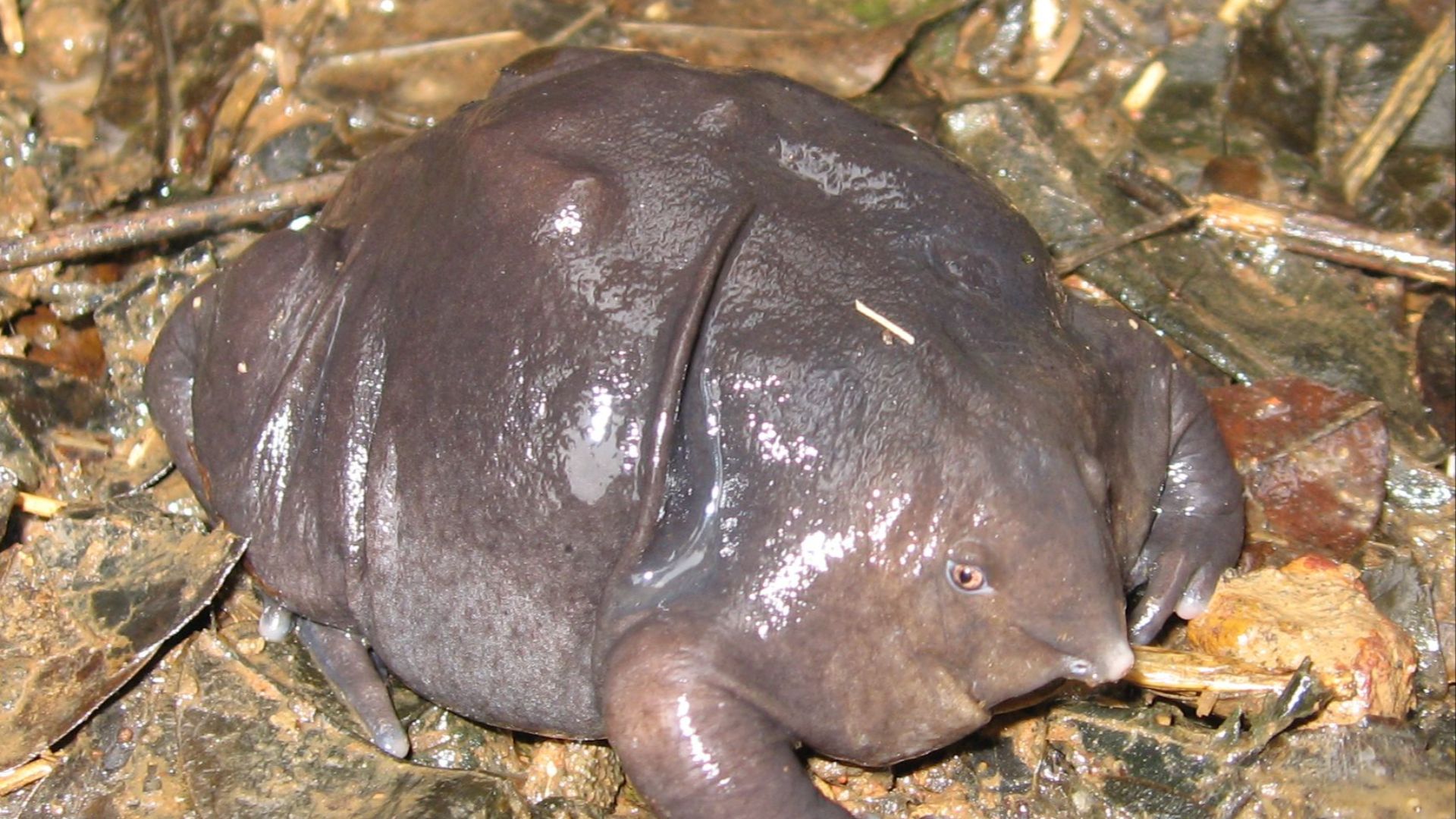 Original uploader was Karthickbala at ta.wikipedia on Wikimedia
Original uploader was Karthickbala at ta.wikipedia on Wikimedia
28. Pangolin
I'm not sure which it resembles more: an anteater, an armadillo, a pinecone, or some kind of Pokémon. Their scales are made of keratin, and are completely unique among known mammalian species. Pangolins can be found in both Africa and Asia, but they are under serious threat because of hunting and trade. They are considered a delicacy on both contents, and some African cultures ascribe medical properties to them, making them valuable commodities.
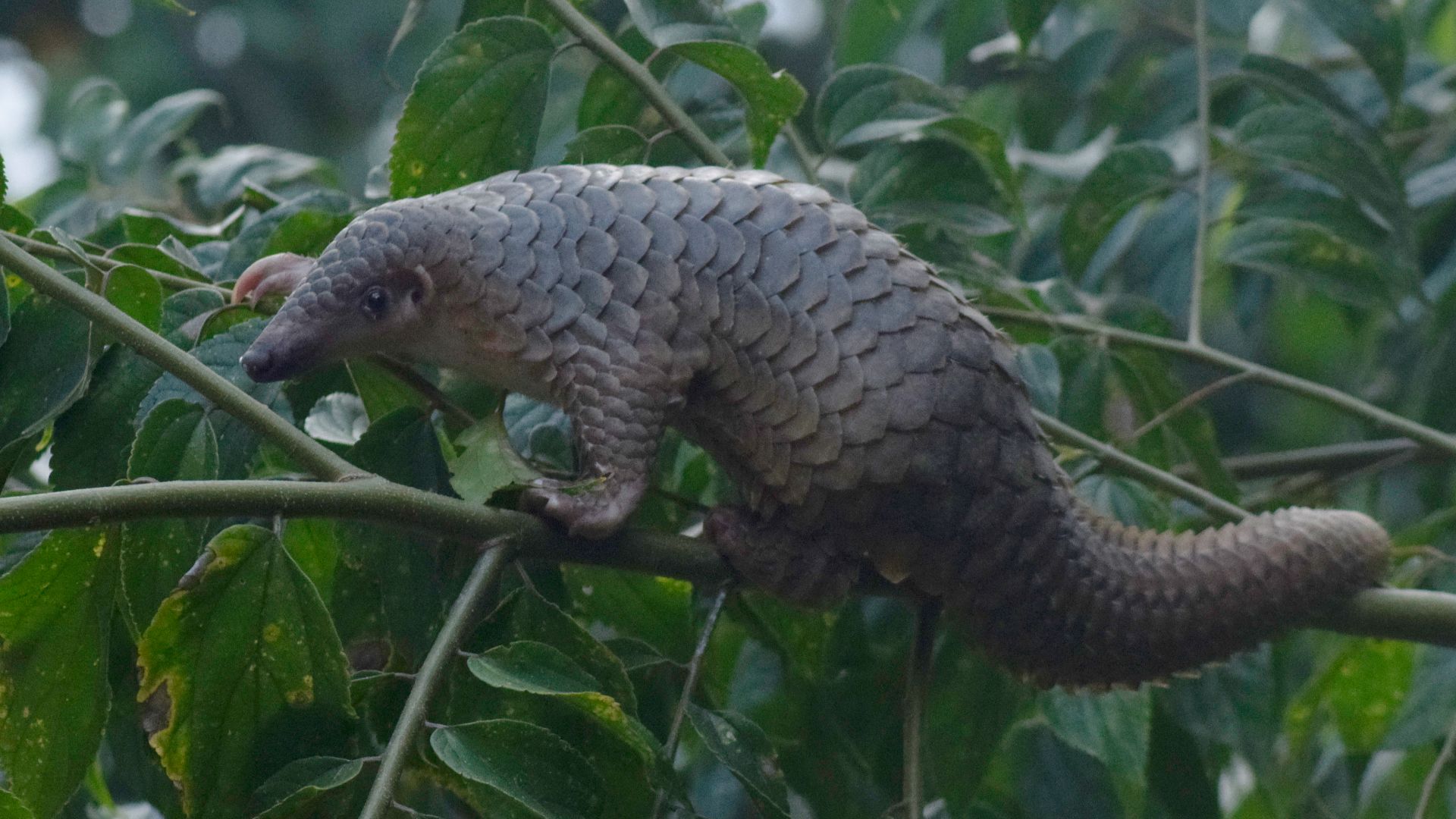 Frendi Apen Irawan on Wikimedia
Frendi Apen Irawan on Wikimedia
27. Slow Loris
Slow lorises are primates native to parts of Southeast Asia and India. As their name suggests, they are indeed slow. But don't let those big eyes fool you: they're also toxic -- literally. Their saliva is venomous, and they've been known to coat themselves in their own spit to discourage predators. At least one person has died as a result of a slow loris bite -- although that may have been a result of shock more than anything else.
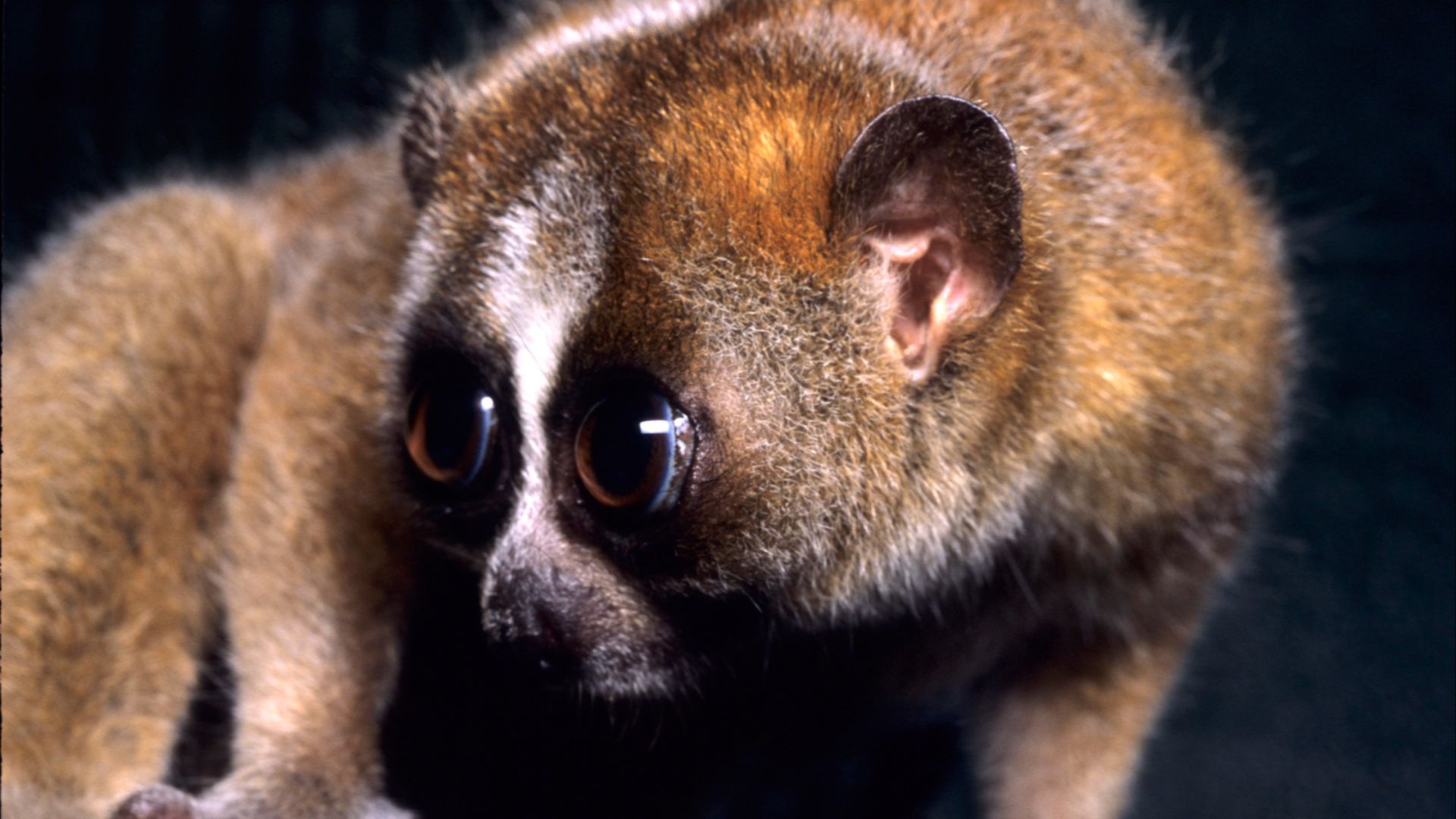 David Haring / Duke Lemur Center on Wikimedia
David Haring / Duke Lemur Center on Wikimedia
26. Hoatzin
Also known as the stinkbird (probably due to its reportedly nasty taste), the hoatzin is native to the Amazon region. It is notable for being born with claws on its wings. With its vibrant feathers, red eyes, and rich plumes, it looks like a bird that might greet you when you arrive on Pandora. It is, in fact, such a strange species that scientists can't agree where exactly it fits in the tree of life relative to other species.
25. Leaf Muntjac
Picture a deer, but only twenty inches tall. That's basically what a leaf muntjac is. When it was first discovered, the scientist initially assumed it was a baby from another species. Its nickname ("leaf deer") refers to the fact that you can wrap them up in a single palm leaf. They are native to India and Myanmar.
24. Eastern Long-Necked Turtle
Ranging in Eastern Australia -- where amazing creatures abound -- the eastern long-necked turtle is like a snake crawled into a turtle shell and refused to leave. Locals often call it "stinker" because it will emit a foul-smelling secretion when it feels threatened.
23. Long-Wattled Umbrellabird
Long-wattled umbrella birds all have feathery coiffes on their heads that look a bit like perms. But the bird pictured below is a male of the species -- and the men are especially strange-looking. What obviously stands out is the enormous wattle hanging from under his chin, putting all turkeys to shame. Umbrellabirds are to be found in South America, in mountainous forested regions, showing off their impressive bird beards.
22. Assassin Bug
Assassin bugs' most prominent feature is their proboscis, otherwise known as 'big face stick pokey sucky thing.' It's sort of like a sword on their faces, which they can also use to suck the nutrients out of their prey (smaller bugs). Be forewarned: they have also been known to stick unwise humans who try to pick them up. The sting is, so we're told, really not fun.
21. Kakapo
Kakapos are among the strangest birds in the world, and also, sadly, critically endangered and teetering on the verge of extinction. They are nocturnal, the world's only flightless parrots, and live on the ground. They are also unusual in that they're herbivores, and among the longest-lived birds in the word. Plus... just look at that face! One of a kind (sadly, almost literally).
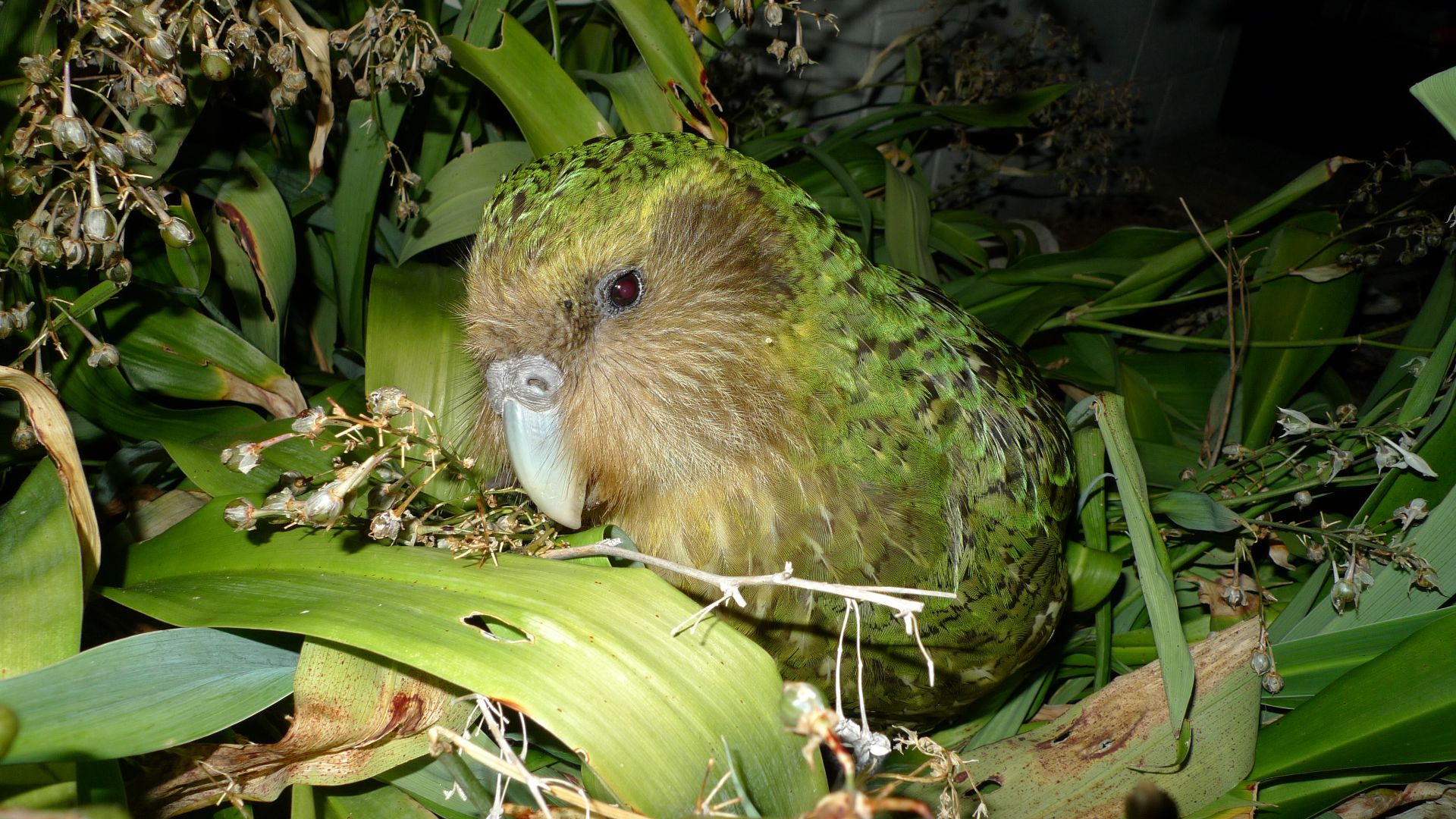 Department of Conservation on Wikimedia
Department of Conservation on Wikimedia
20. Goblin Shark
Even among sharks -- goblins are scary looking. Their bizarre protruding jaws present a line of sharp, slender teeth. Plus they have like... an evil unicorn thing going on at the same time? Fortunately for us humans, they tend to live at depths greater than 300 feet. They can grow to lengths of 14 feet or more. Lucky thing again: the bigger ones tend to live even deeper down.
19. Marabou Stork
Marabou storks look a bit like sunburned turkeys on stilts. They are native to central and southern Africa, and tend to live in close proximity to human settlements -- especially garbage dumps. They are sometimes called "undertaker birds" because they look a bit like stereotypical morticians in long coats from behind.
18. Hickory Horned Devil
Tell me that doesn't look like the larval stage of some alien bent on galactic domination! But it is in fact a caterpillar of the regal moth butterfly in its 'turquoise' phase. This is their final stage before metamorphosis, and they can reach 6 inches in length at this point in their life cycle. Don't worry: although they look prickly, they're perfectly safe to handle.
17. Orchid Mantis
These babies are otherworldly beautiful rather than otherworldly creepy. As the name suggests, orchid mantises have evolved to resemble orchid flowers -- both in their coloring and in the ways they move. Their limbs look so much like flower petals you may have a hard time telling where the flower ends and the insect begins in the photo below.
16. Tardigrade
Okay, we joke around about animals coming from other planets. Here's something that borders on being a legitimate candidate. Tardigrades are micro-animals who live anywhere there's water. And we do mean anywhere. Volcanoes? Sure. Antarctica? Why not. They are almost impossible to kill, in fact. Starvation, extreme pressures, acidity, alkalinity, radiation, air deprivation -- nothing seems to bother them. They have even been shown to survive the vacuum of space. So if they didn't come here from another planet... they could probably make it to another one.
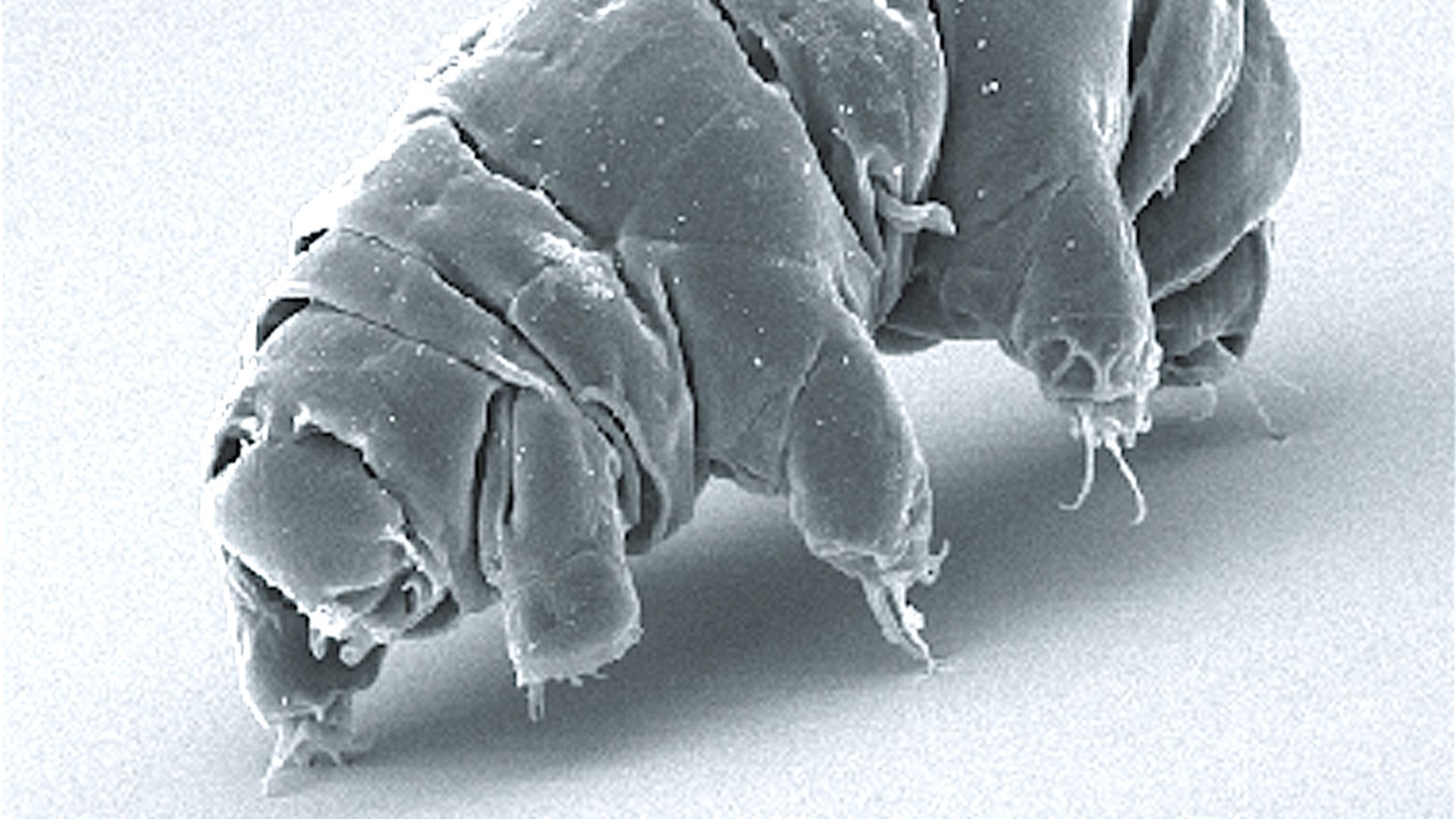 Schokraie E, Warnken U, Hotz-Wagenblatt A, Grohme MA, Hengherr S, et al. (2012) on Wikimedia
Schokraie E, Warnken U, Hotz-Wagenblatt A, Grohme MA, Hengherr S, et al. (2012) on Wikimedia
15. Sri Lanka Frogmouth
Those mouths look big enough to eat frogs, but in fact these strange birds only really eat insects, like most other birds. Their most distinctive trait, apart from their odd appearance, is their incredible stillness. They will often stay in the same spot for months, waiting for their food to come to them. Must be nice!
14. Scorpionfly
Scorpionflies have a sinister aspect, but they're actually harmless to humans. Their 'scorpion sting', which gives them their name, is not a stinger at all, but rather their genitals. However, scorpionflies may take an interest in you after you're dead. They tend to be especially eager to, um... eat fresh human corpses. This is so much the case that the presence or absence of scorpionflies can be used to estimate the time of death of the human in question.
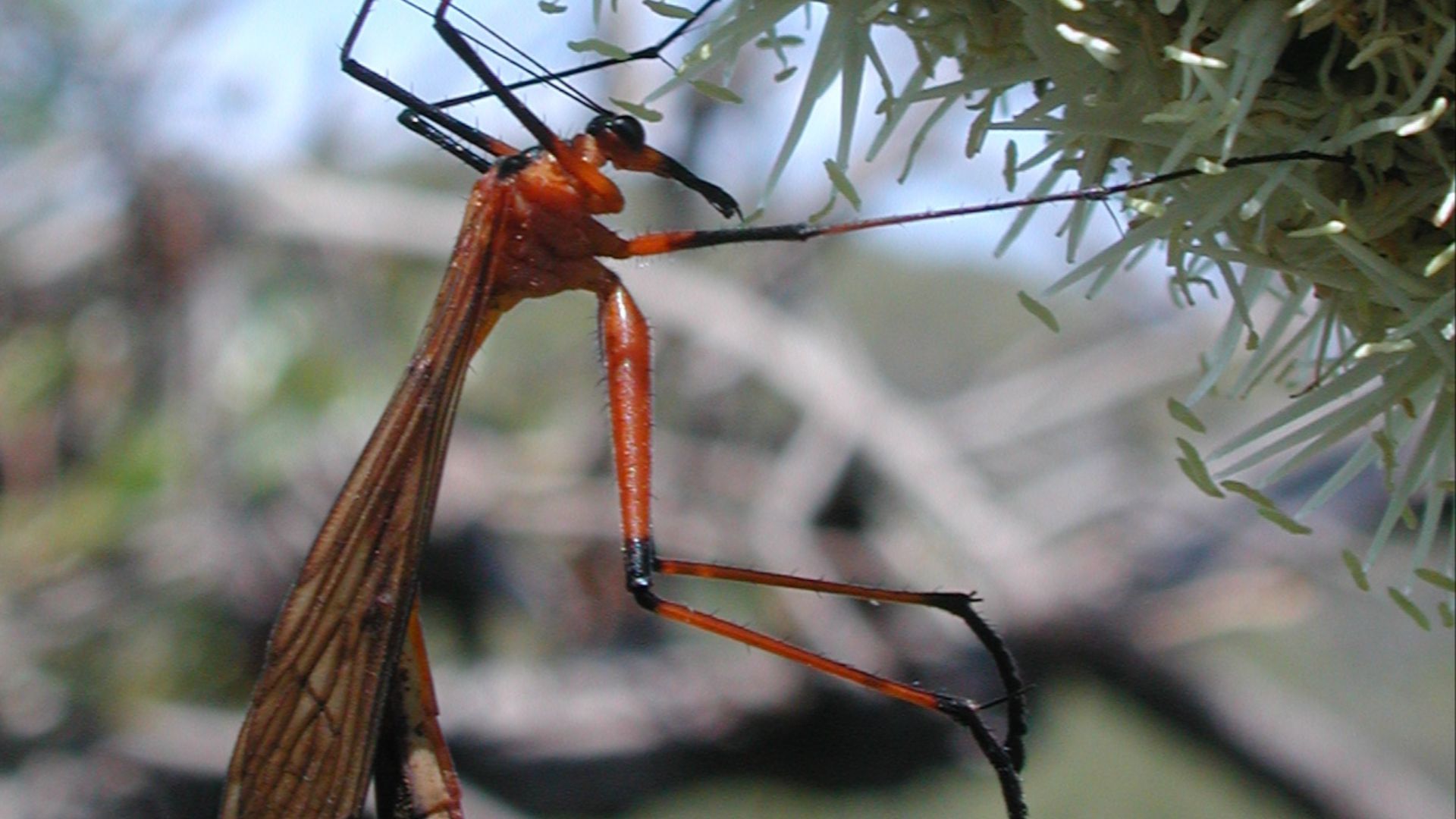 Fritz Geller-Grimm on Wikimedia
Fritz Geller-Grimm on Wikimedia
13. Frilled Shark
This shark only grows to lengths of about 2 meters, but if we saw that face emerge from the shadows when we were going for a swim, we would die of fright alone. Luckily, frilled sharks tend to lurk in the deep oceans, to a maximum depth of 3,900 feet. As such, they are rarely encountered by humans. Frilled sharks are among the species commonly called 'living fossils' because they really haven't changed much for millions of years.
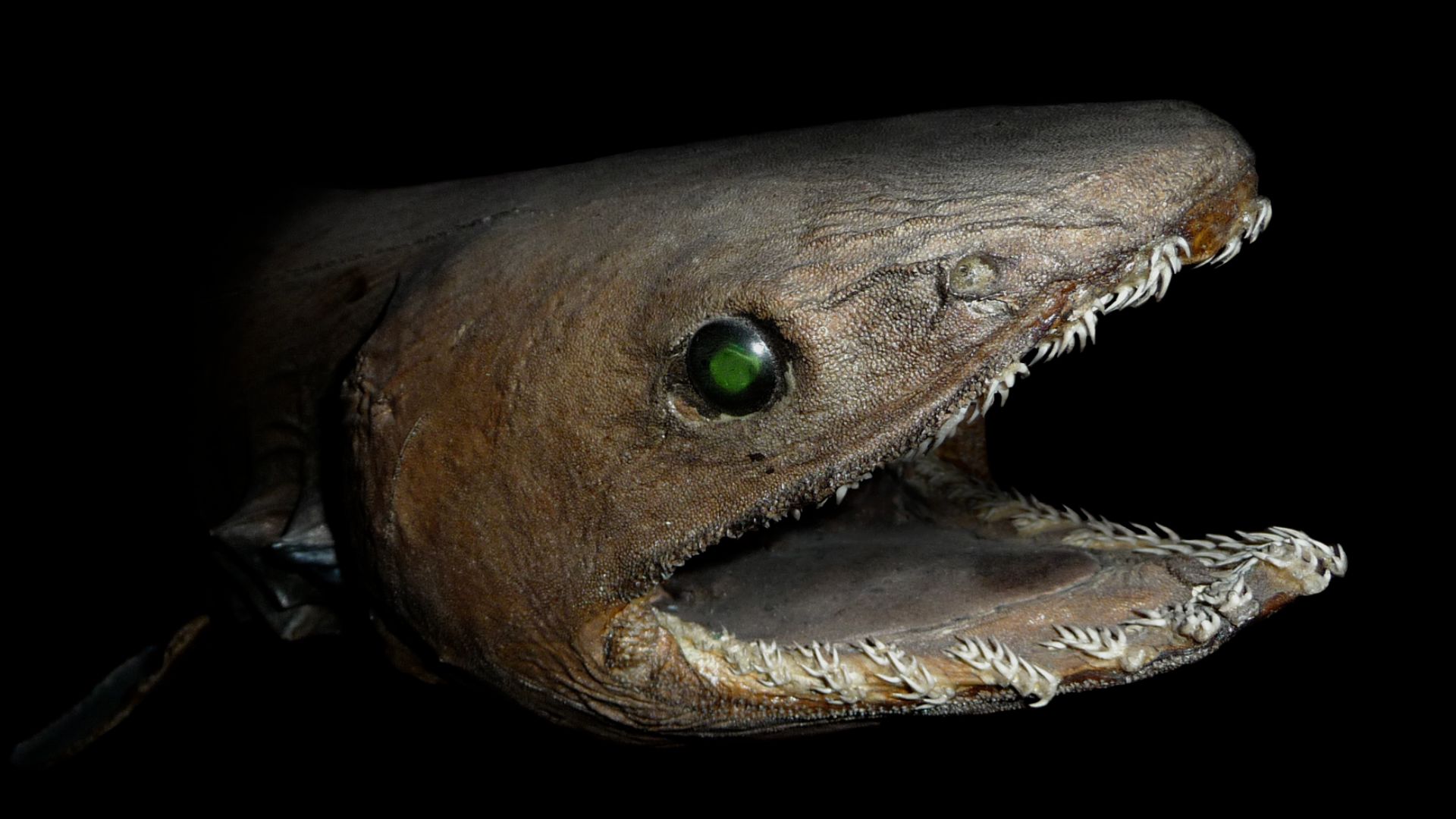 This illustration was made by Citron You must credit this : Citron / CC-BY-SA-3.0 on Wikimedia
This illustration was made by Citron You must credit this : Citron / CC-BY-SA-3.0 on Wikimedia
12. Markhor
Okay, this thing looks like it should live on Tatooine with the banthas and the Sand People. Markhors are native to Central America, and are the national animal of Pakistan. Cool beard, bro.
11. Barbled Dragonfish
You ready to start getting super weird? Barbled dragonfish are among the menagerie of strange creatures that live and hunt in the midnight world of the deep oceans. Residing as far down as 5,000 feet. Though small, the barbled dragonfish can open its jaw more than 100 degrees, allowing it to consume fish much larger than itself.
10. Blobfish
The poor blobfish. It's often cited as 'the ugliest creature on earth'. But the truth is it looks much more normal when it's not dead and on dry land. Bloblfish live in the deep oceans, where the pressure is much higher than it is on the surface. Their bodies are made of gelatinous fat with a density slightly lower than water. This allows them to float a bit without swimming. When they're taken out of the depths, however, their flabby bodies decompress and they're left looking, well...
9. Superb Bird-of-Paradise
We go from infamously ugly to legendarily beautiful. The superb bird-of-paradise is most famous for the mating displays that males undertake in order to attract girlfriends. Since there are far more males than females, the men literally have to dance to get laid. They perform elaborate motions, flashing their brightly colored breast plates in rhythm.
8. Pacific Viperfish
Don't you just want to give it a hug? The Pacific viperfish slinks in the abyssal plains of ocean, from depths of 200 meters to 5,000 meters. It is capable of growing to be a foot long, and may use bioluminescence (natural light produced by the body) to lure prey and mates in the murky waters it calls home.
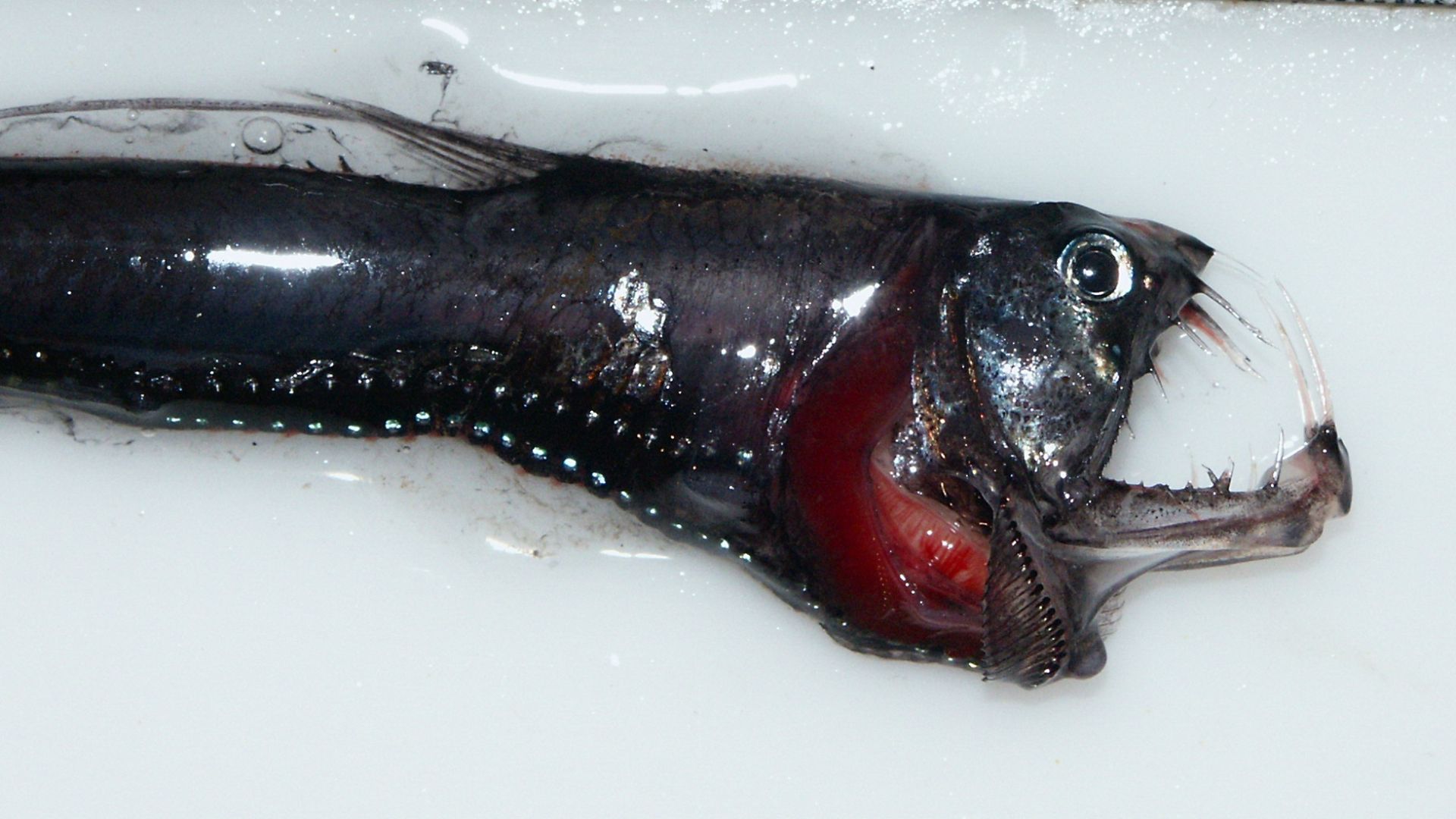 David Csepp, NMFS/AKFSC/ABL on Wikimedia
David Csepp, NMFS/AKFSC/ABL on Wikimedia
7. Colugo
Colugos are gliding tree-dwelling mammals closely related to primates. They are some of the best gliders in the world, capable of jumping as far as 230 feet from tree to tree, hardly losing any altitude. It's a good thing they're such proficient gliders because they're not very good climbers.
6. Honduran White Bat
Apart from looking like a weird alien take on your average bat, the Honduran white is unusual in that it builds its own house. Using their teeth, they build "tents" out of leaves so they can sleep out of the rain. Smart and cute!
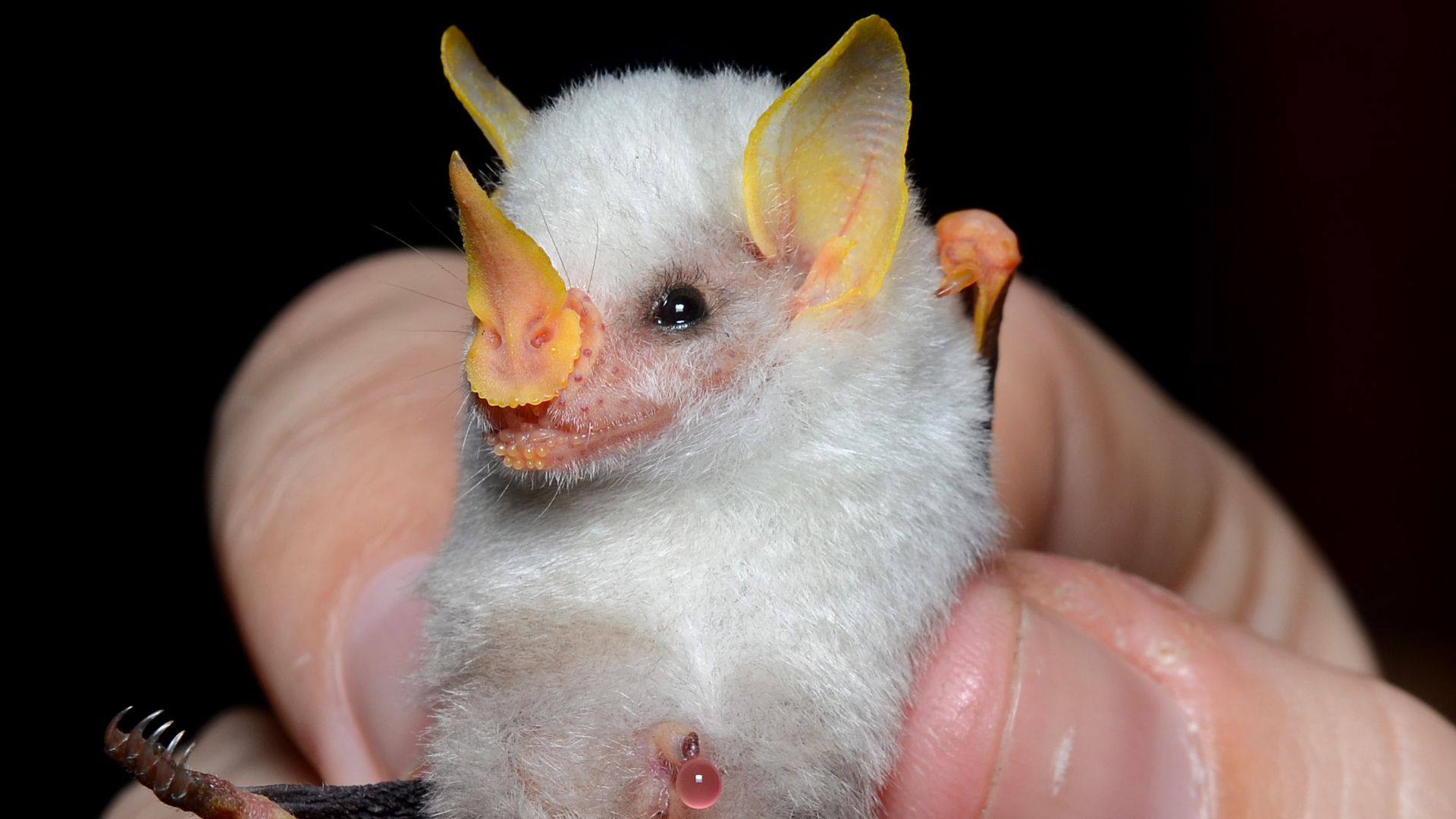 Geoff Gallice from Gainesville, FL, USA on Wikimedia
Geoff Gallice from Gainesville, FL, USA on Wikimedia
5. Warty Frogfish
It's a weird look for a fish: globulous body with strange warts all over. But it seems to work. There is no standard color for this species because they're capable of changing their hue over the course of a week or two to match their environment.
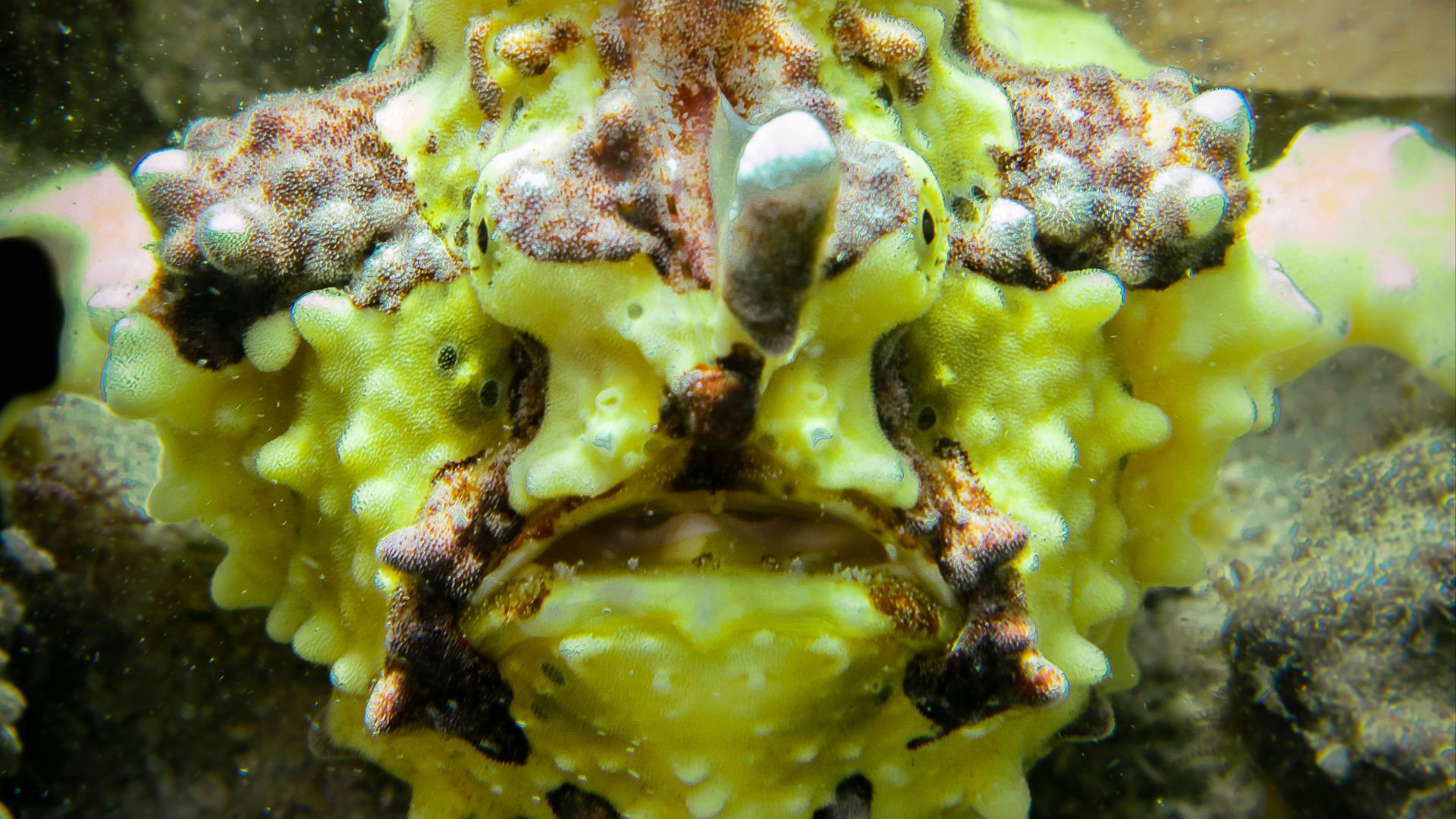 Mikhail Preobrazhenskiy on Unsplash
Mikhail Preobrazhenskiy on Unsplash
4. Mantis Shrimp
You don't want to throw another one of these babies on the barbie. Mantis shrimps are tough, growing to be as long as 15 inches. Some species will bite you painfully or shoot water at you if you handle them improperly. They're also quite smart, showing the capacity to learn, remember, and communicate with their colorful carapaces.
3. Red-Lipped Batfish
This pretty lady was born wearing apple-red lipstick. The red-lipped batfish is a shallow water fish, probably because it actually sucks at swimming. Instead, it uses its fins to walk along the ocean floor, presumably in search of a Sephora.
2. Stargazer
Stargazers are found all over the world. Their usual schtick is to hide out in the sand and slurp up whichever unlucky smaller fish happen by. They also have a venomous spine and some subspecies are able to further disable their prey with electrical shock.
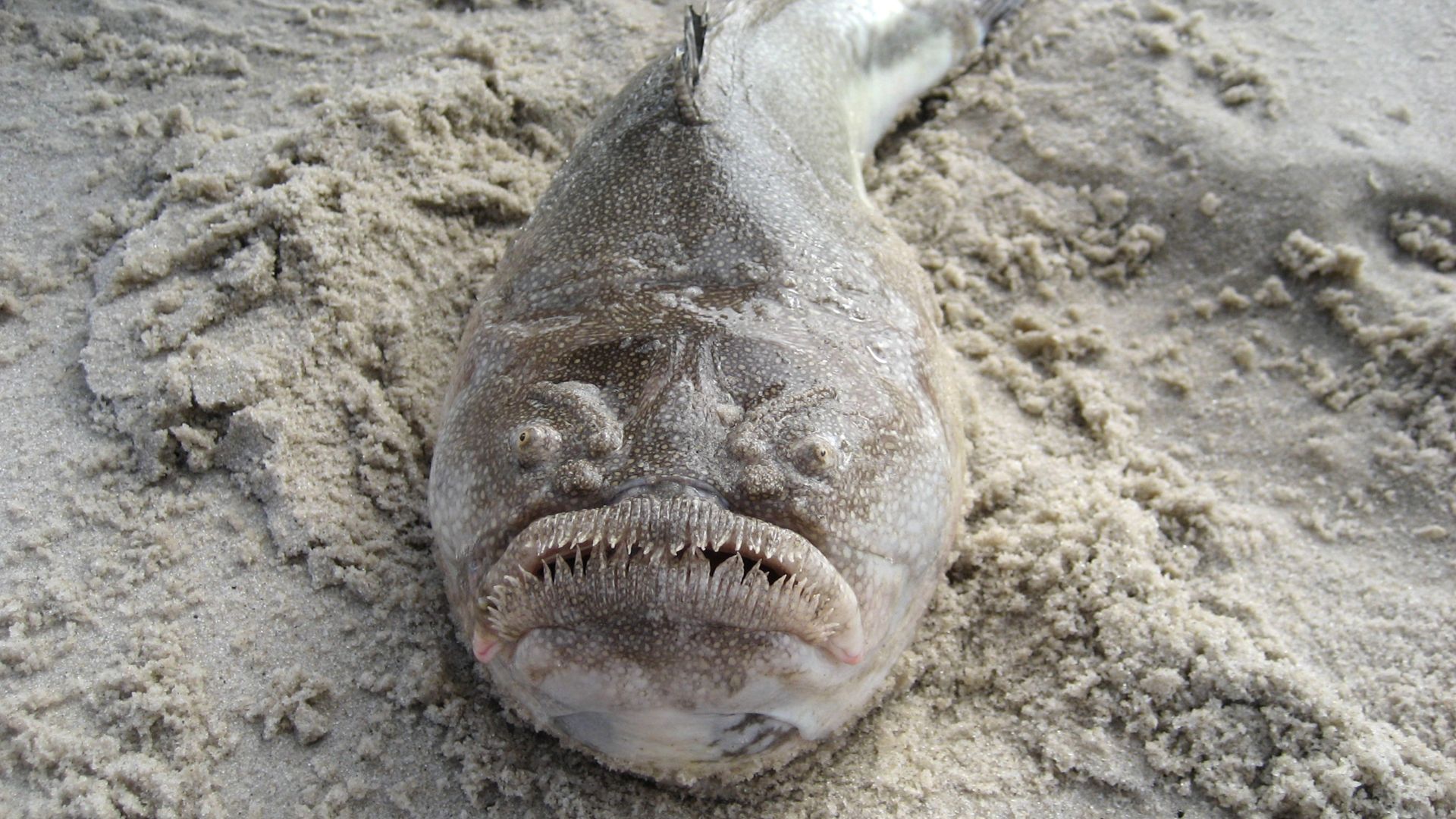 Canvasman21 at English Wikipedia on Wikimedia
Canvasman21 at English Wikipedia on Wikimedia
1. Humpback Anglerfish
The humpback anglerfish is the stuff of nightmares. Only the females hunt. They use bioluminescent lures to attract unsuspecting fish, which they then devour with their enormous teeth and digest in their enormous stomachs. Thankfully for all of us, this is a deeeeeep water fish, plying its trade between 3,300 and 16,000 feet beneath the waves.


